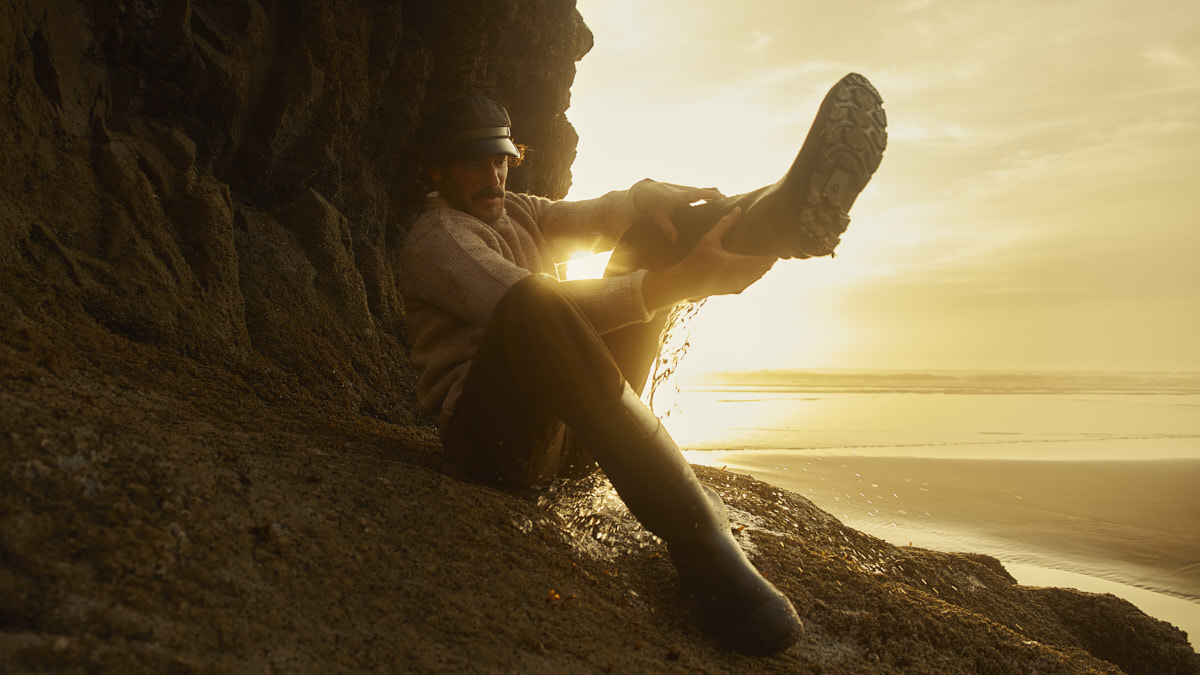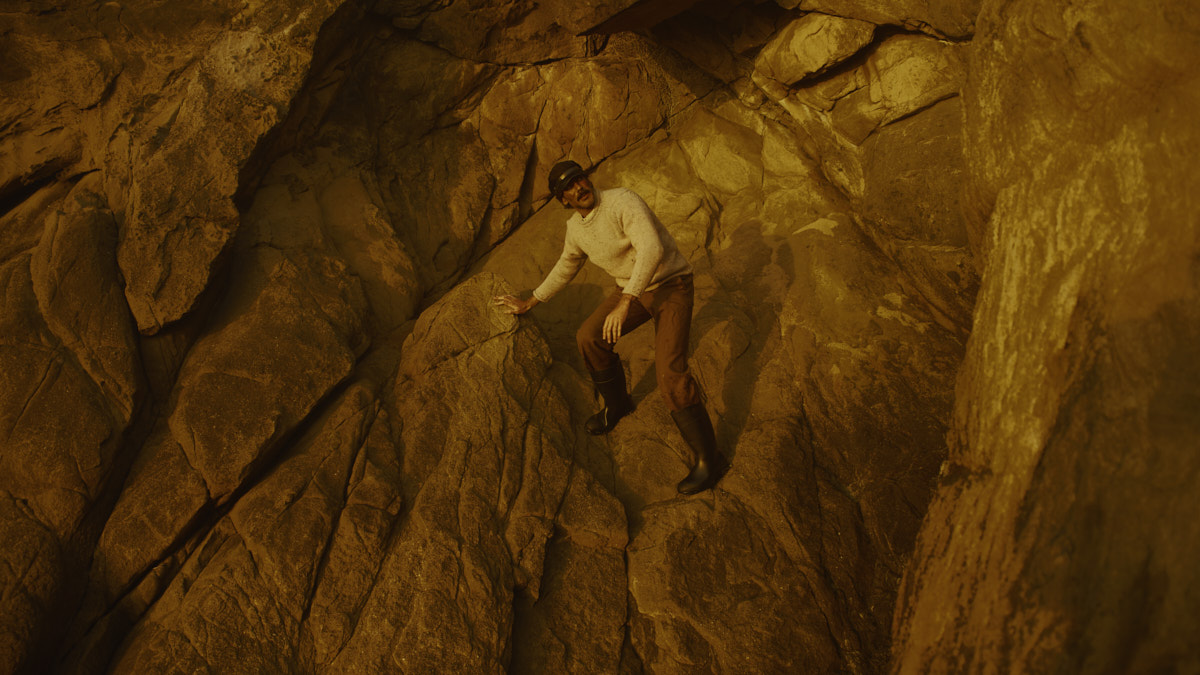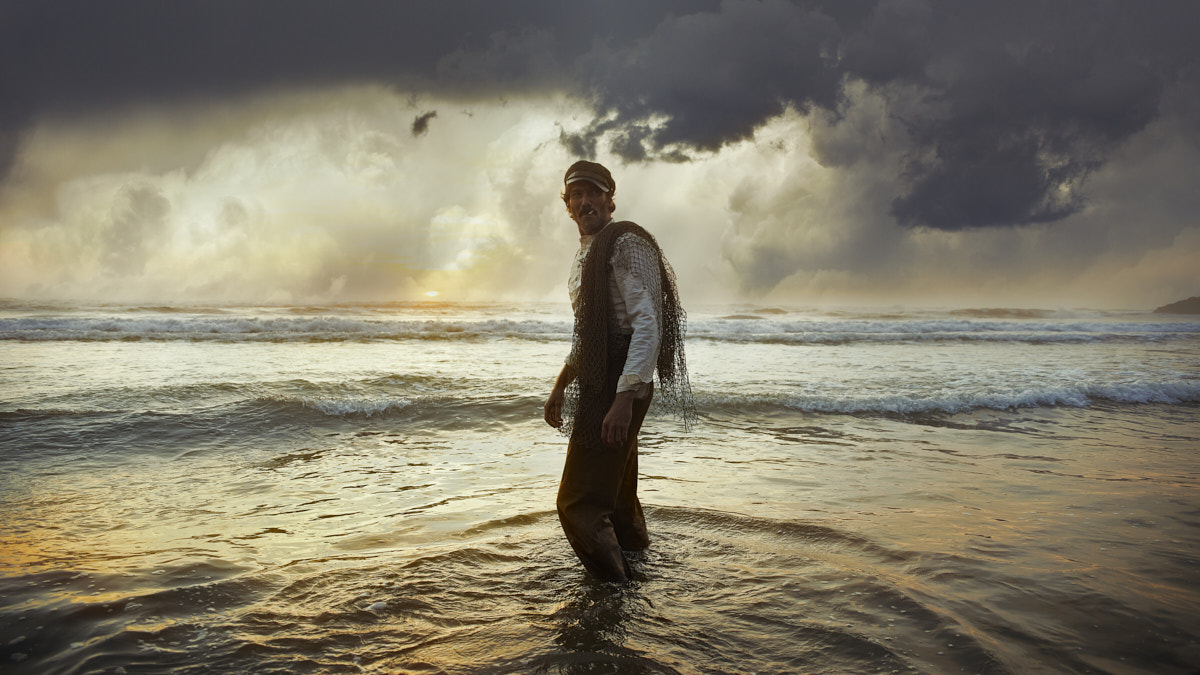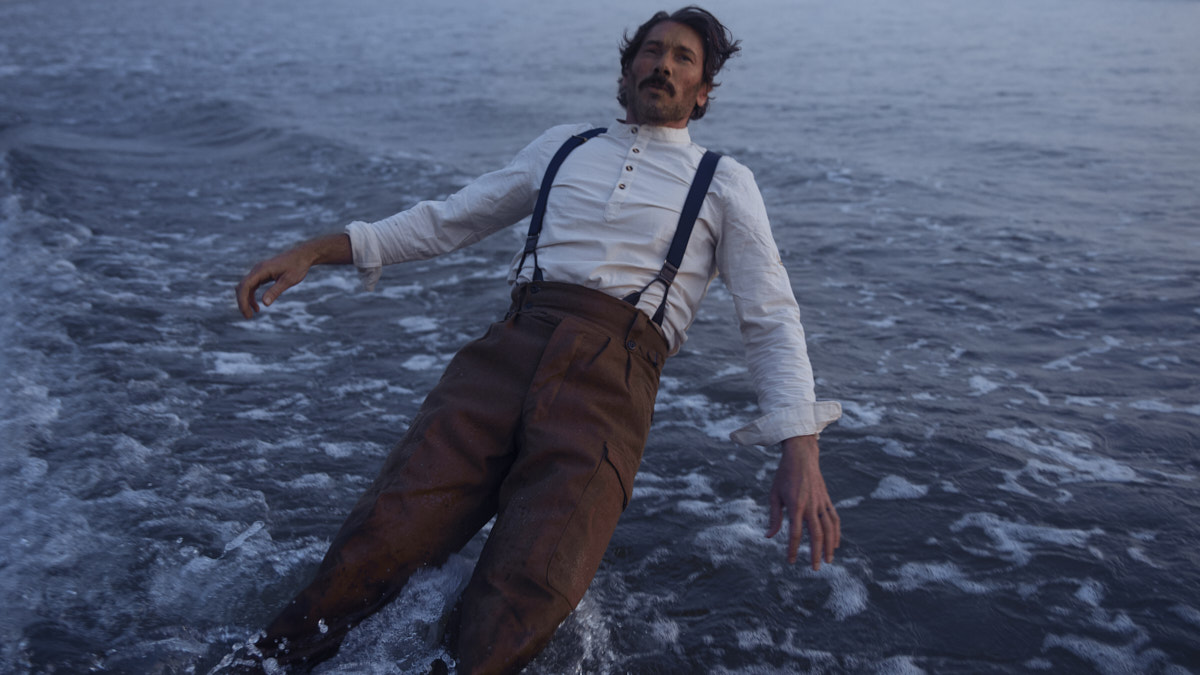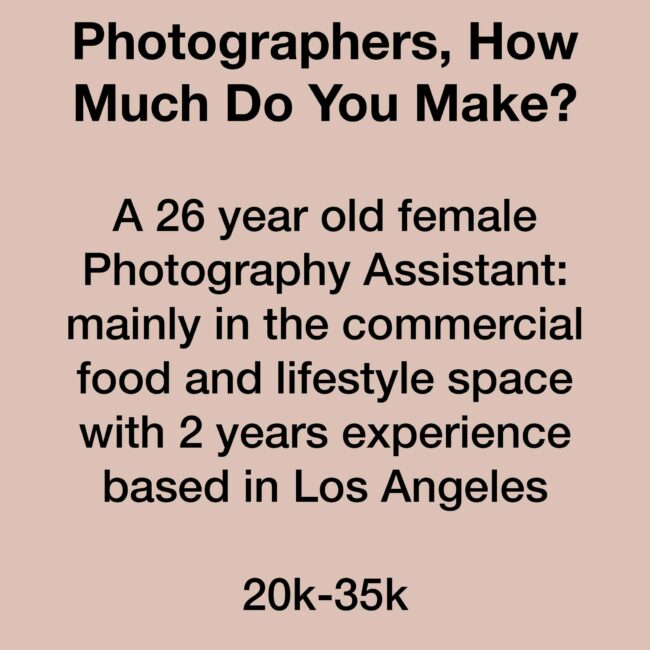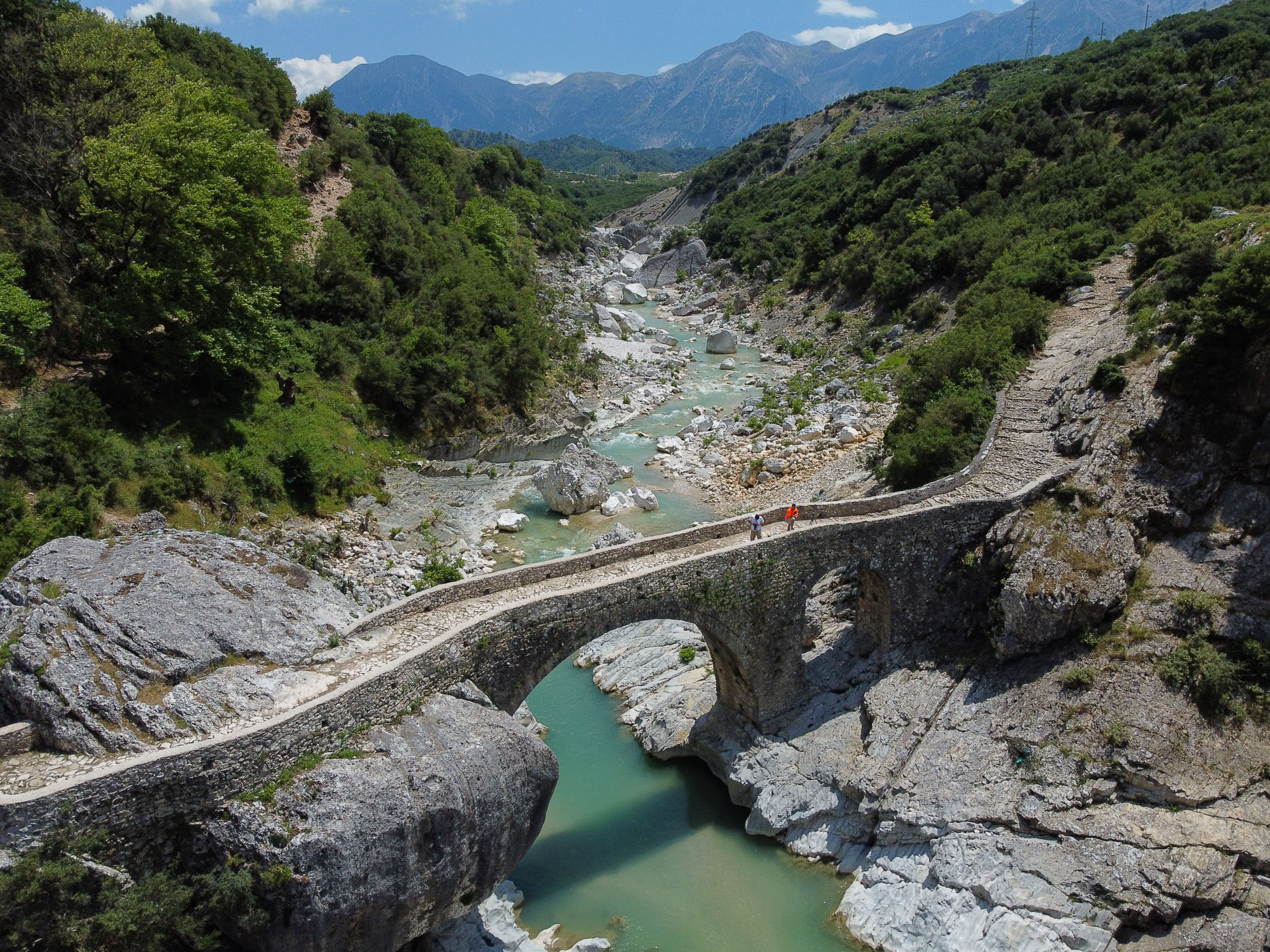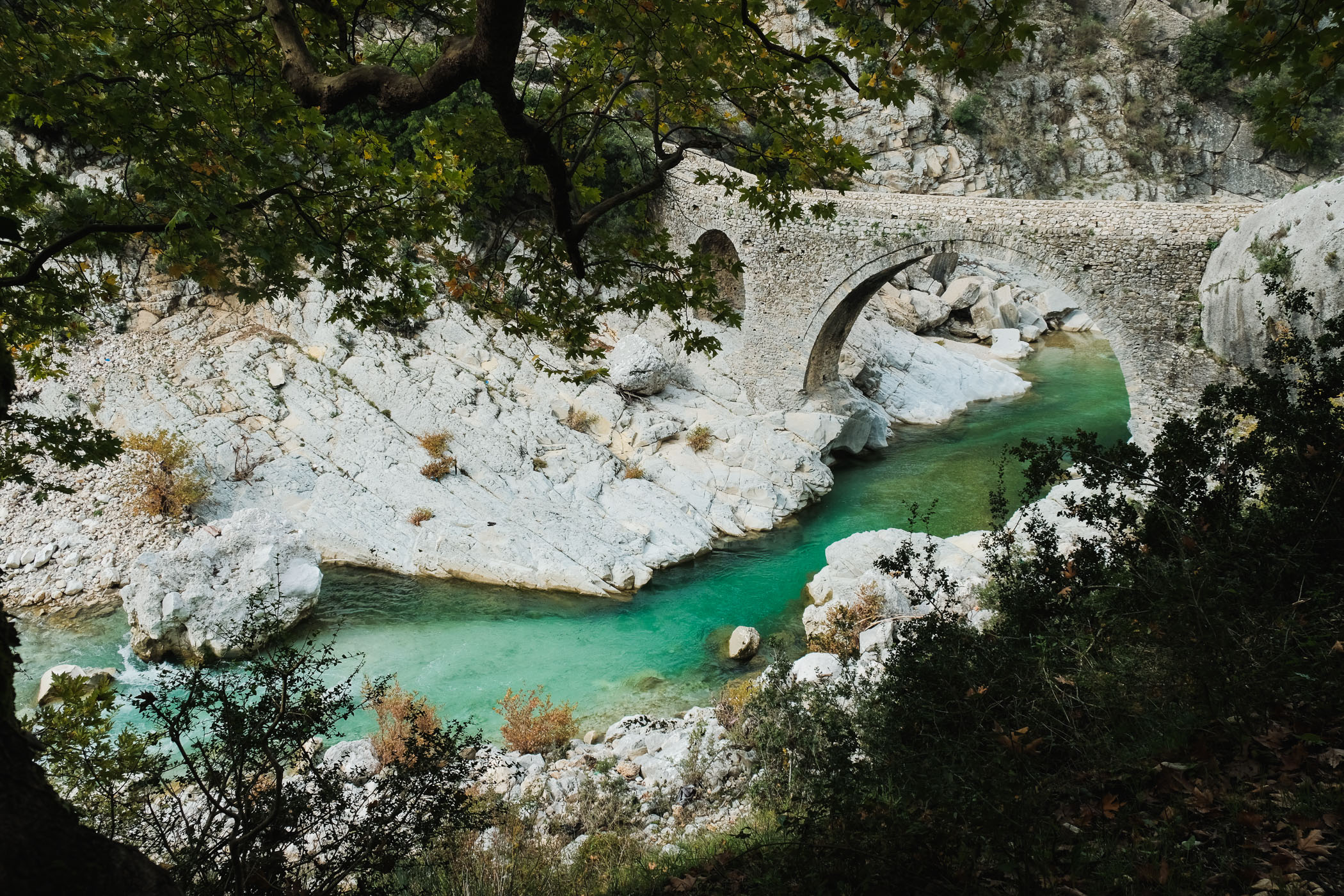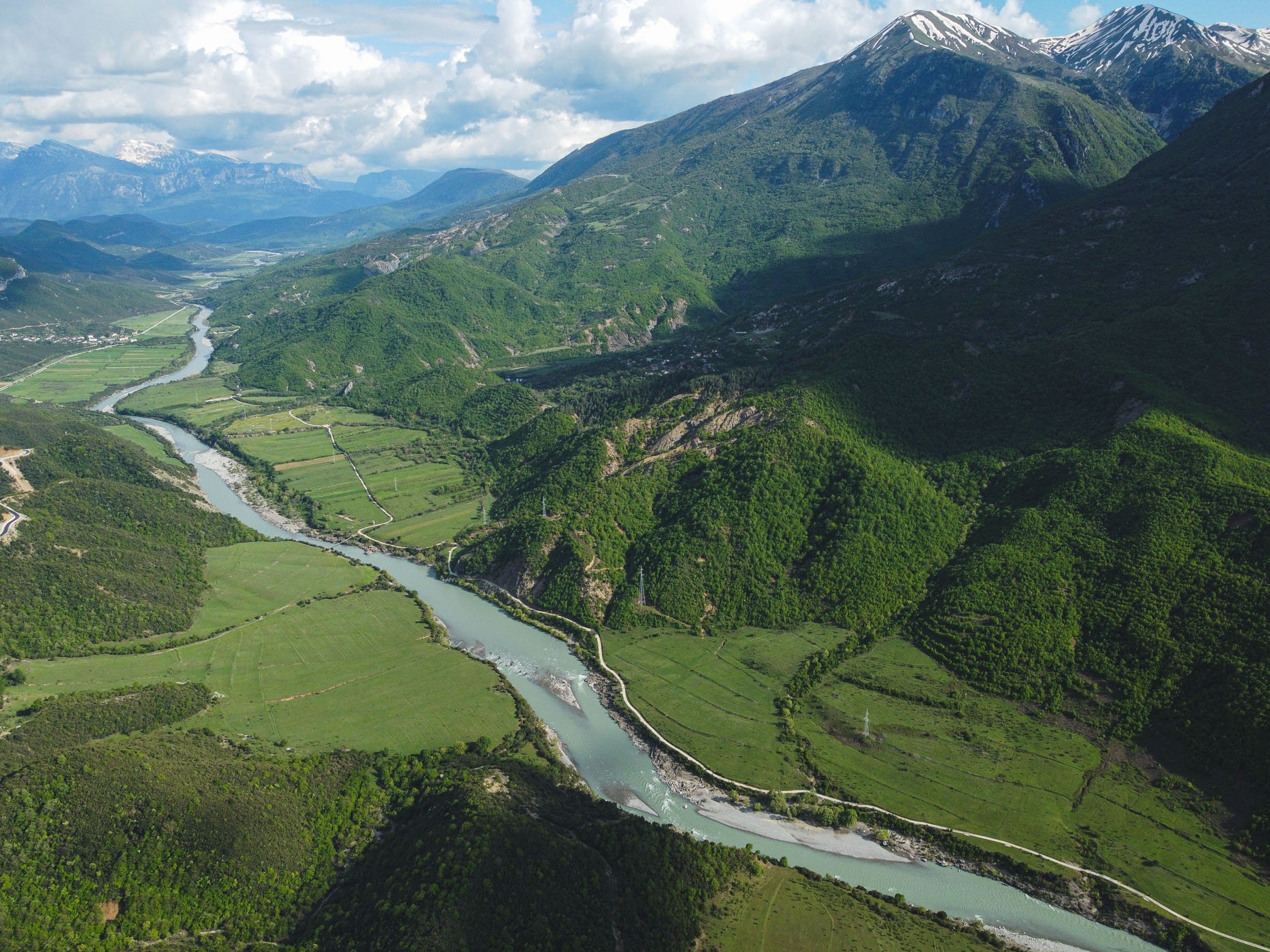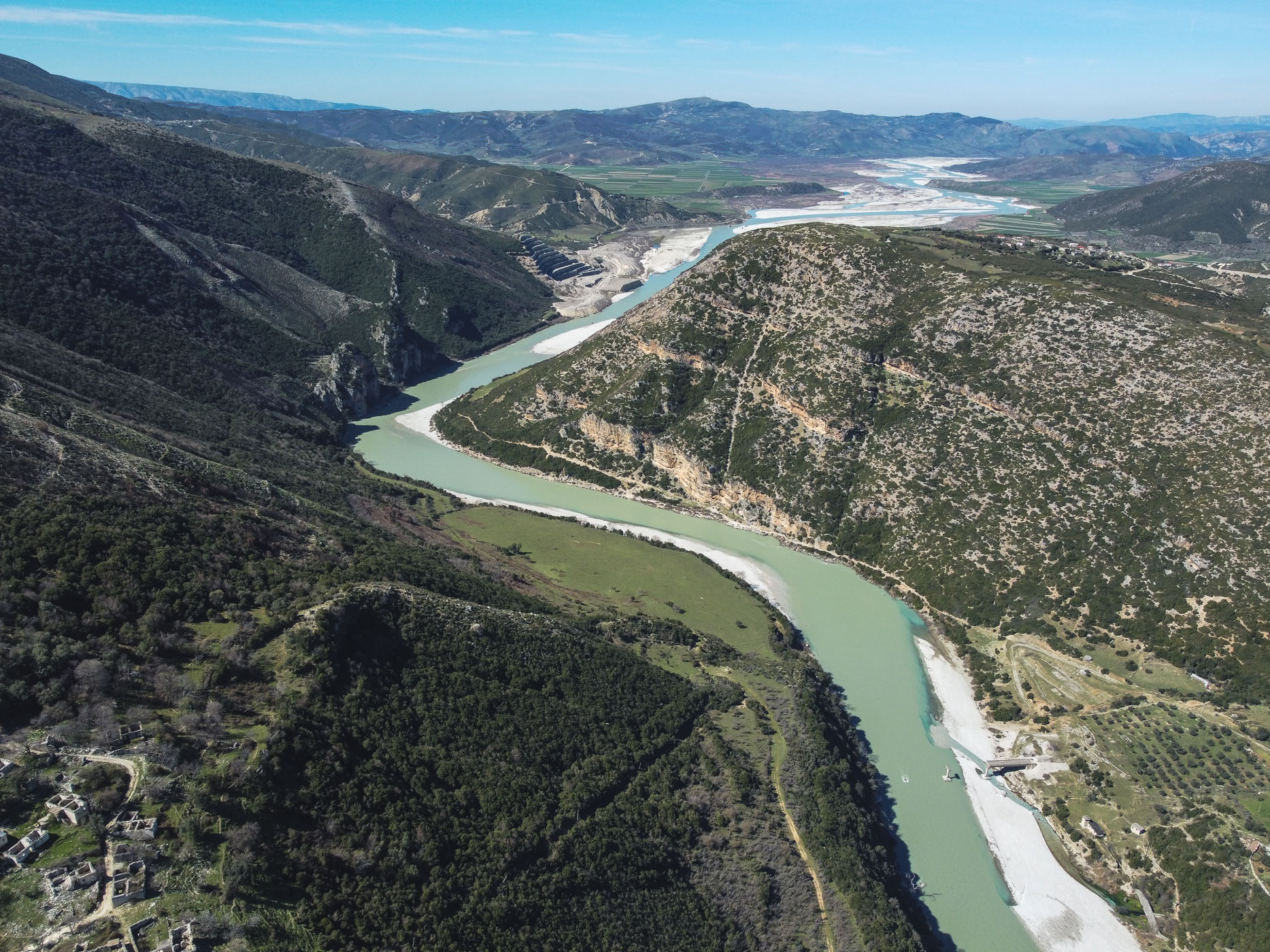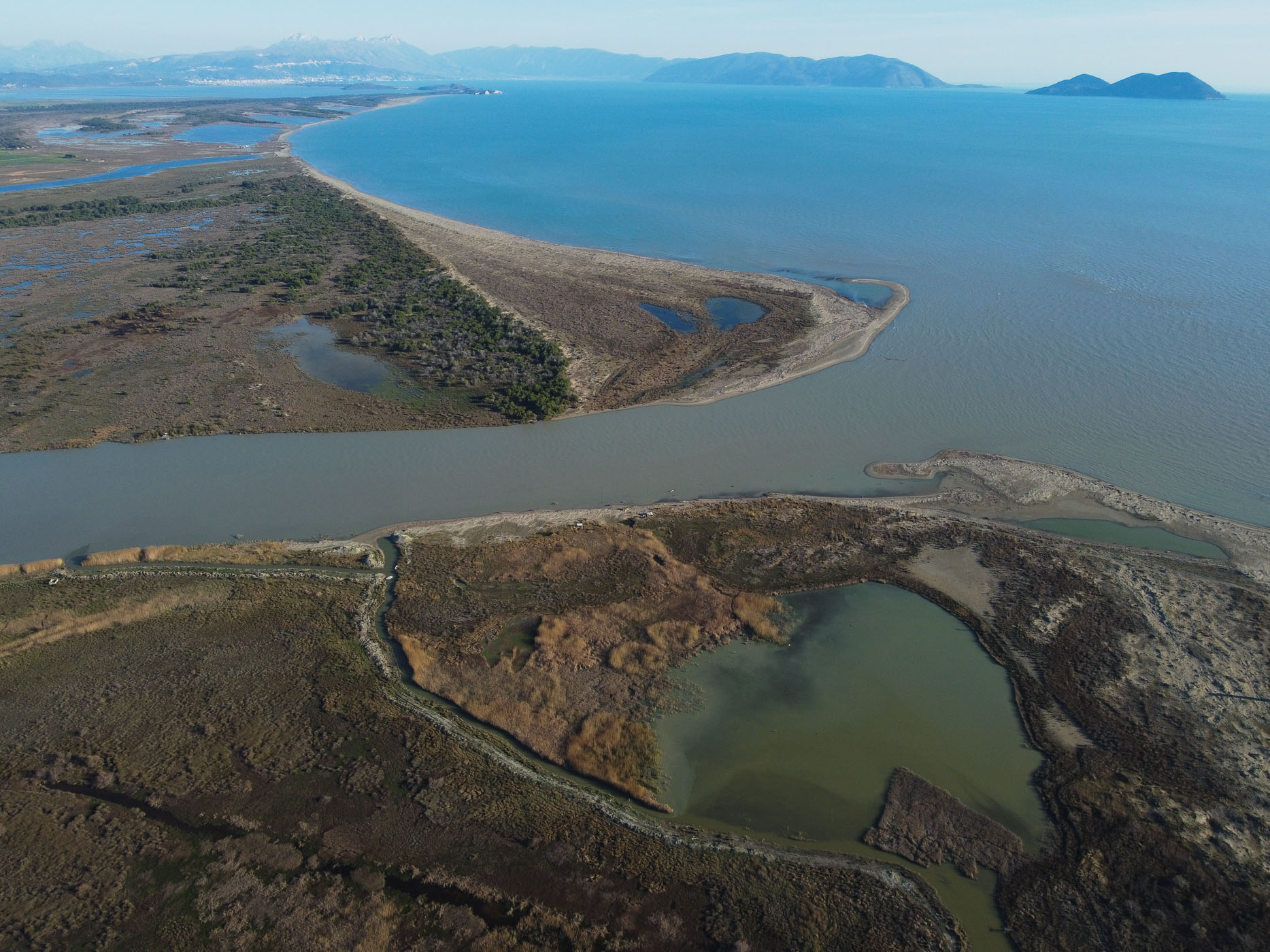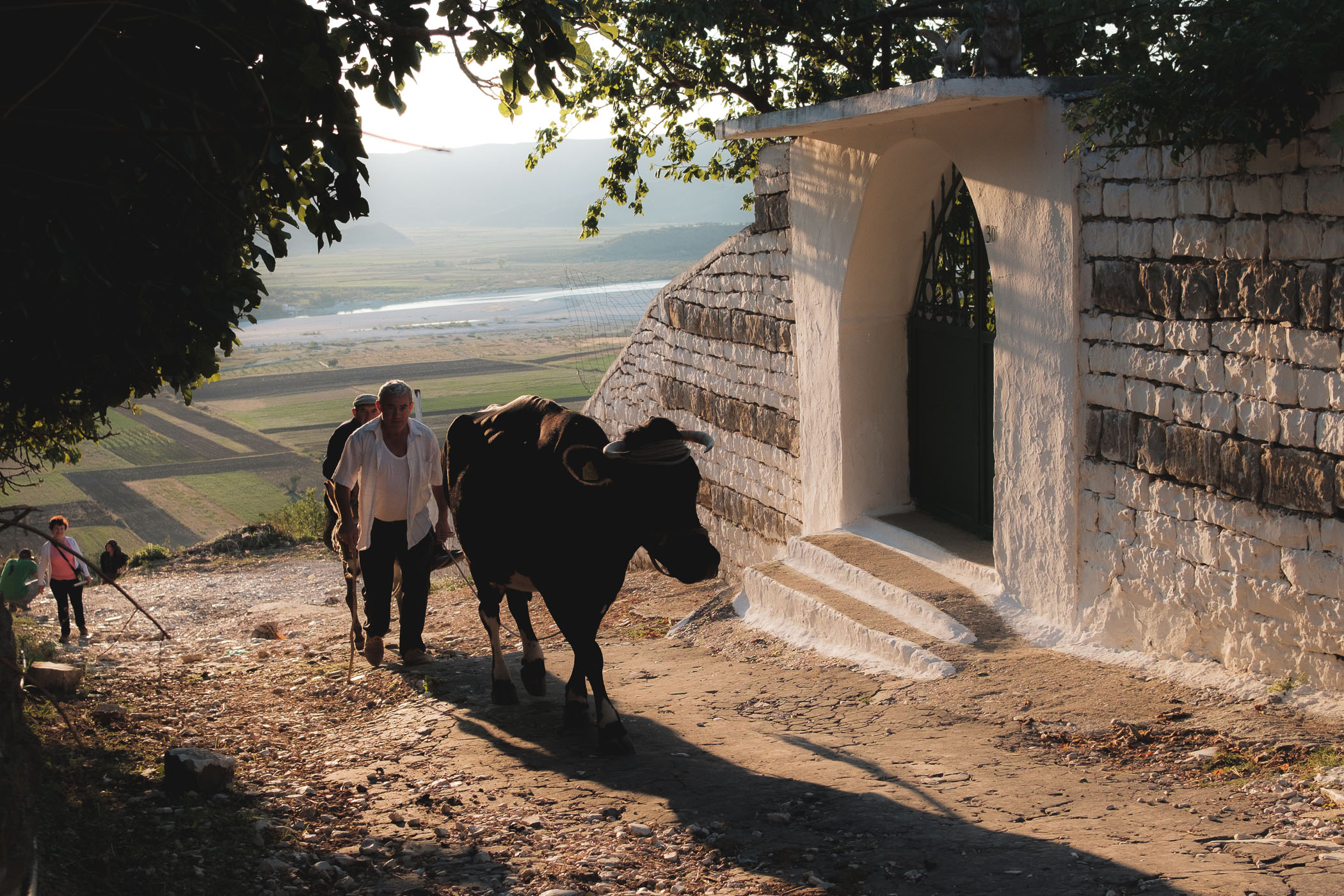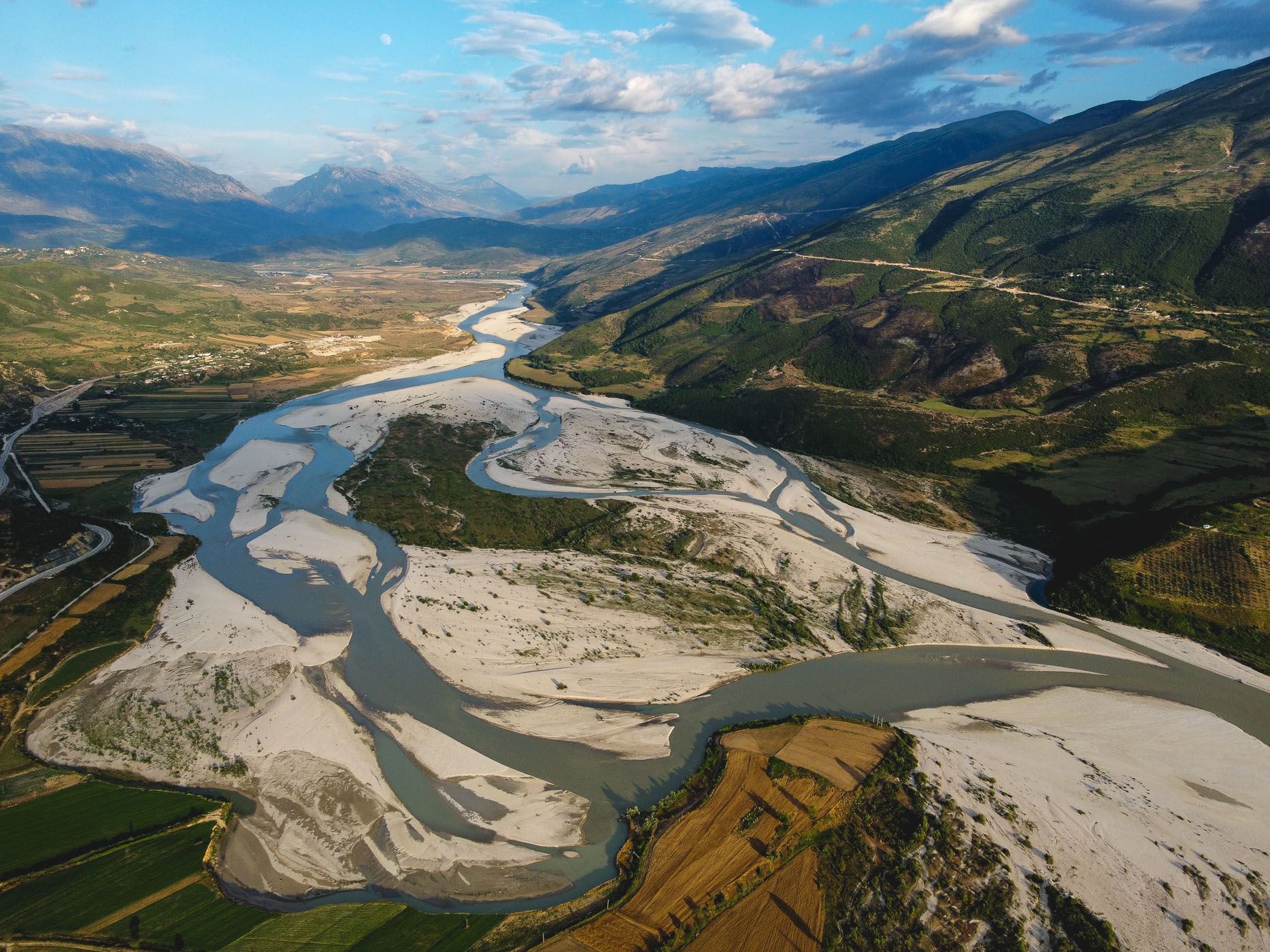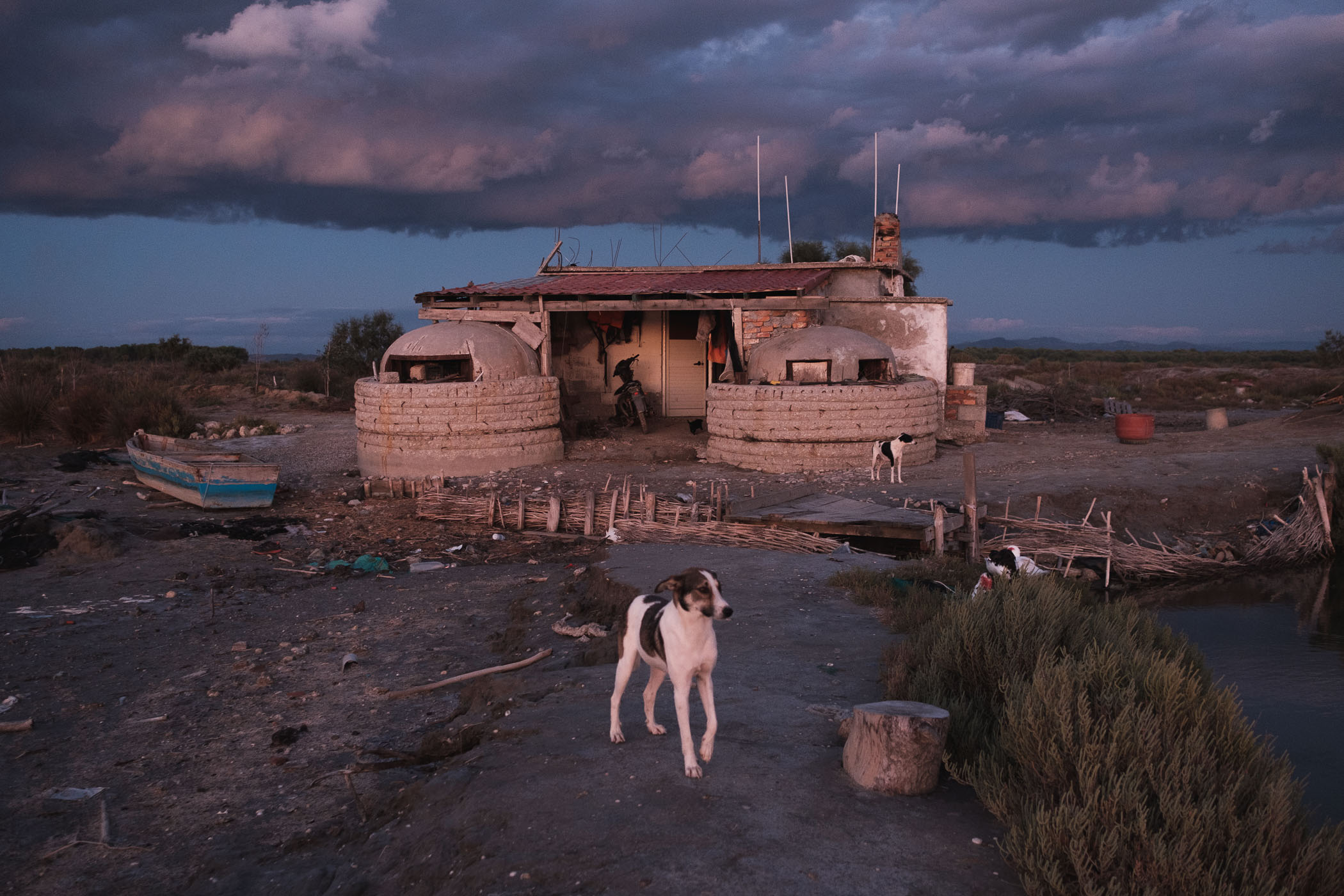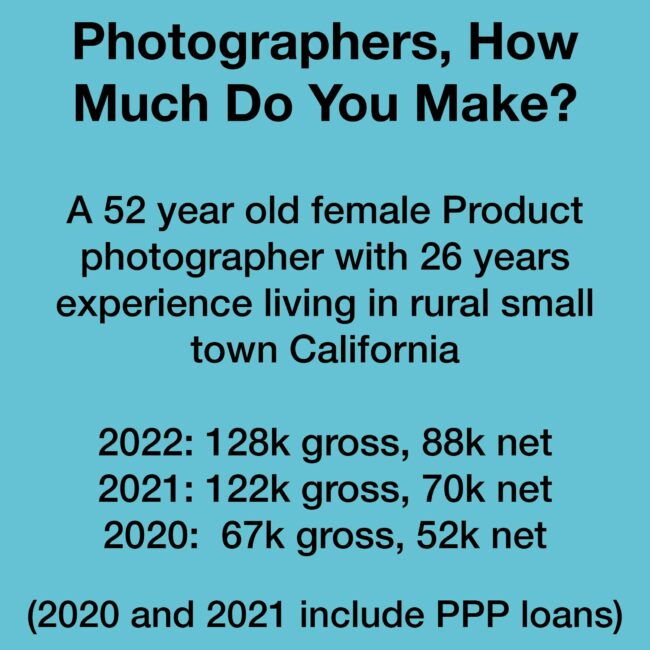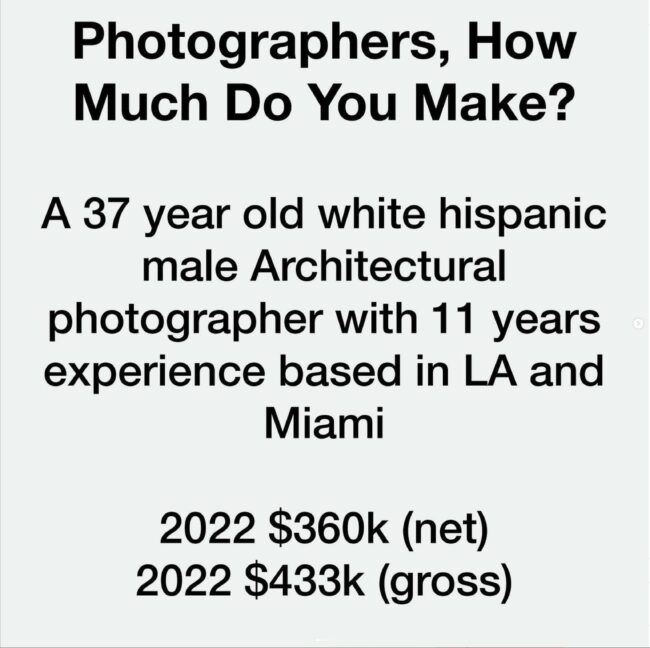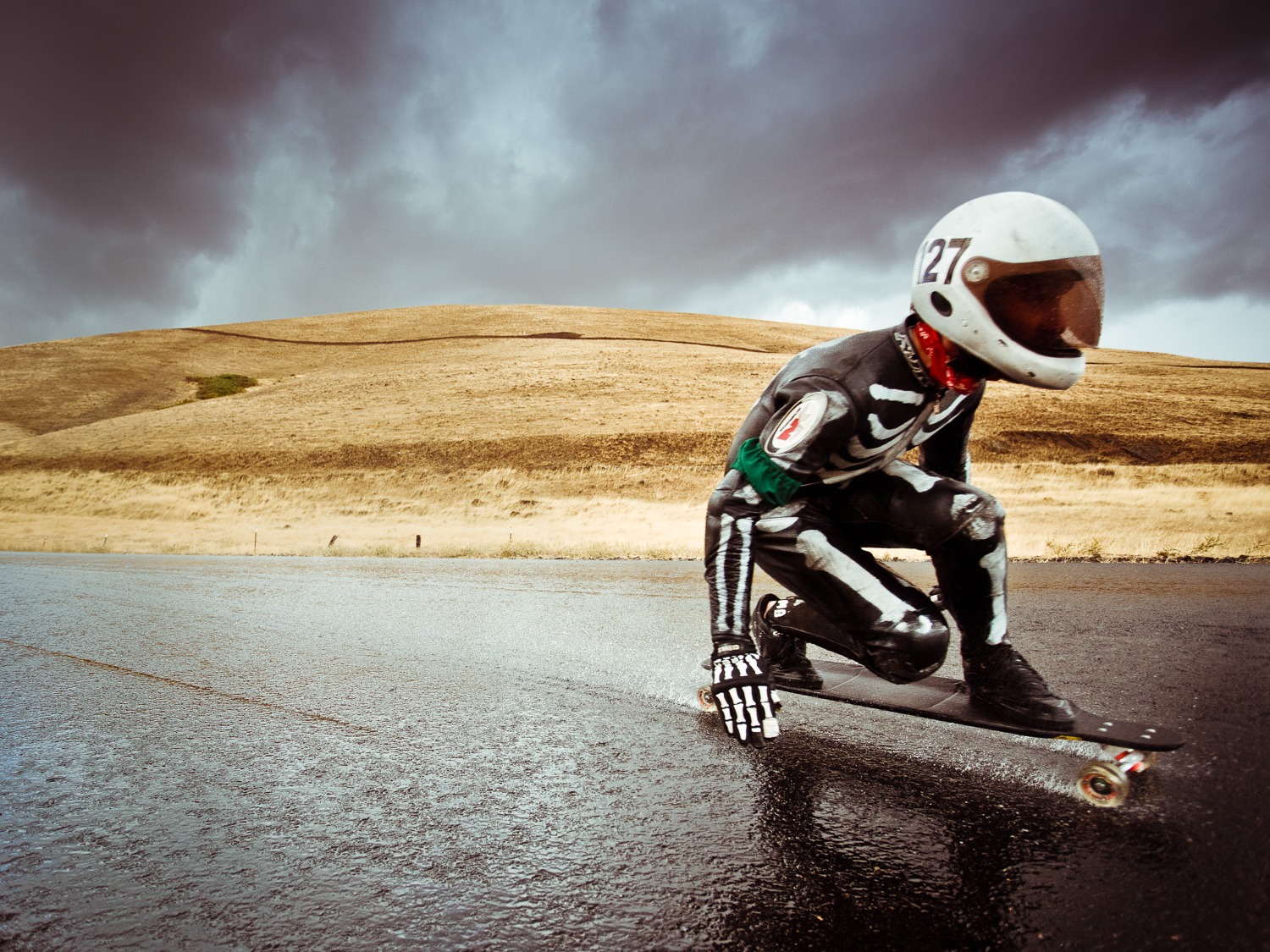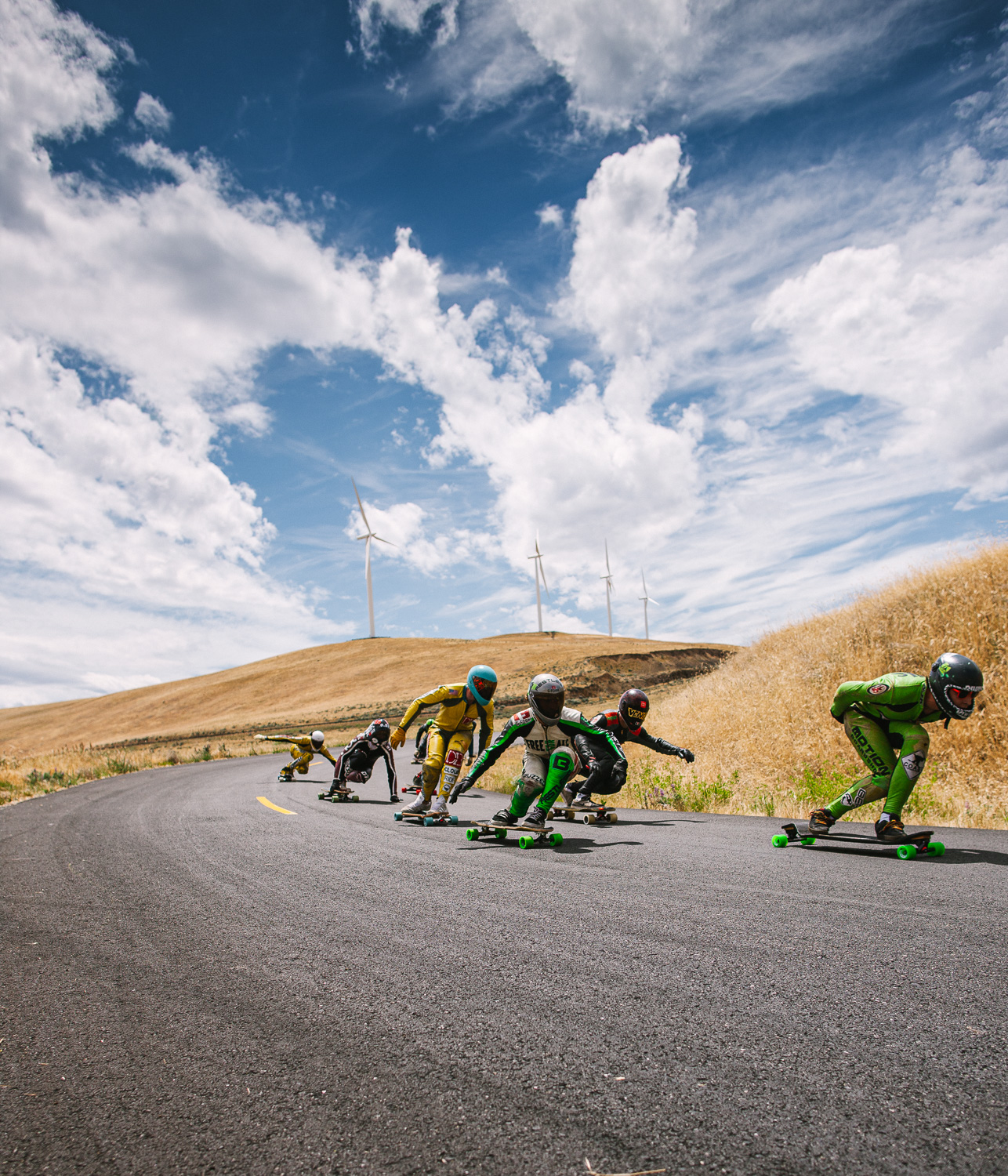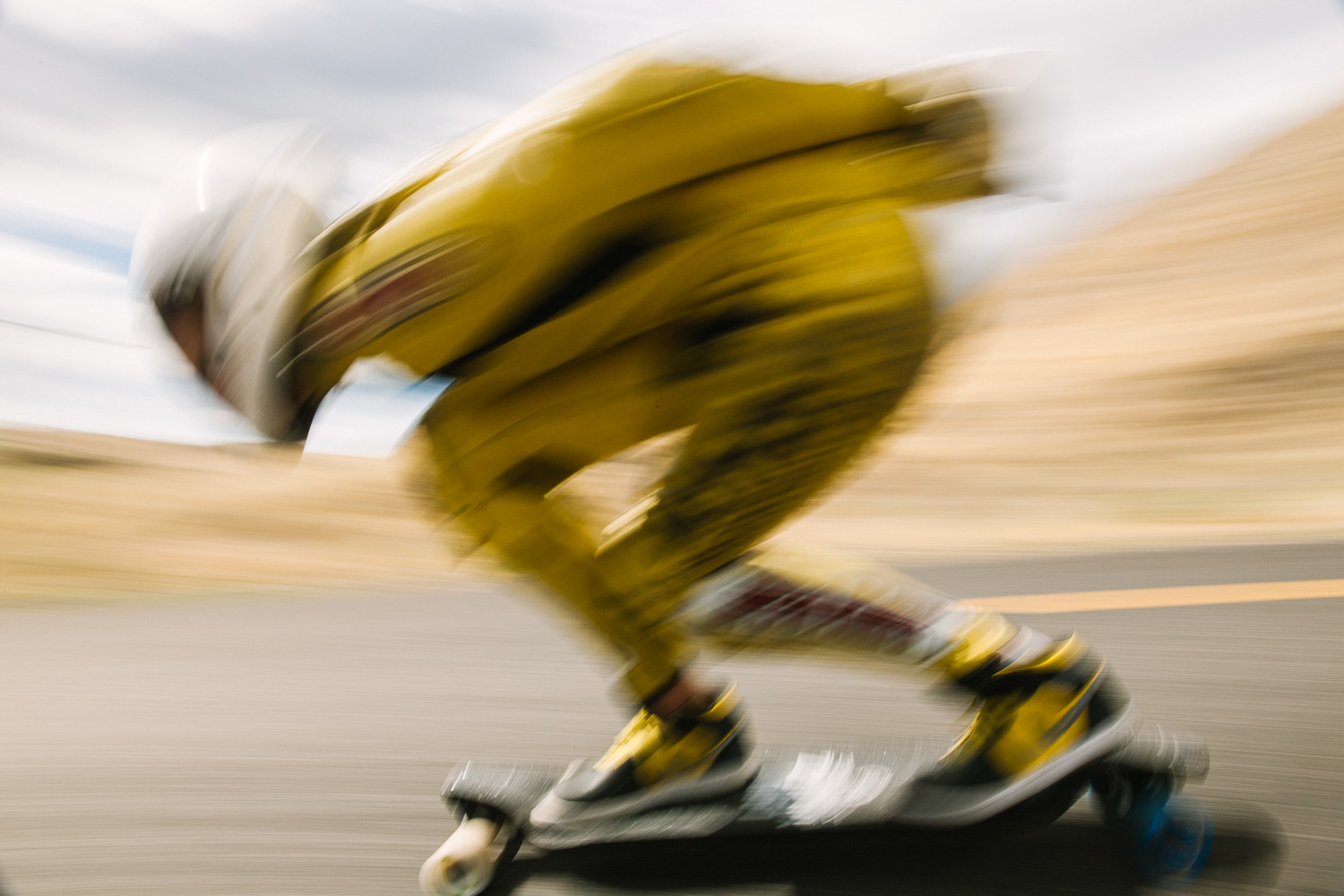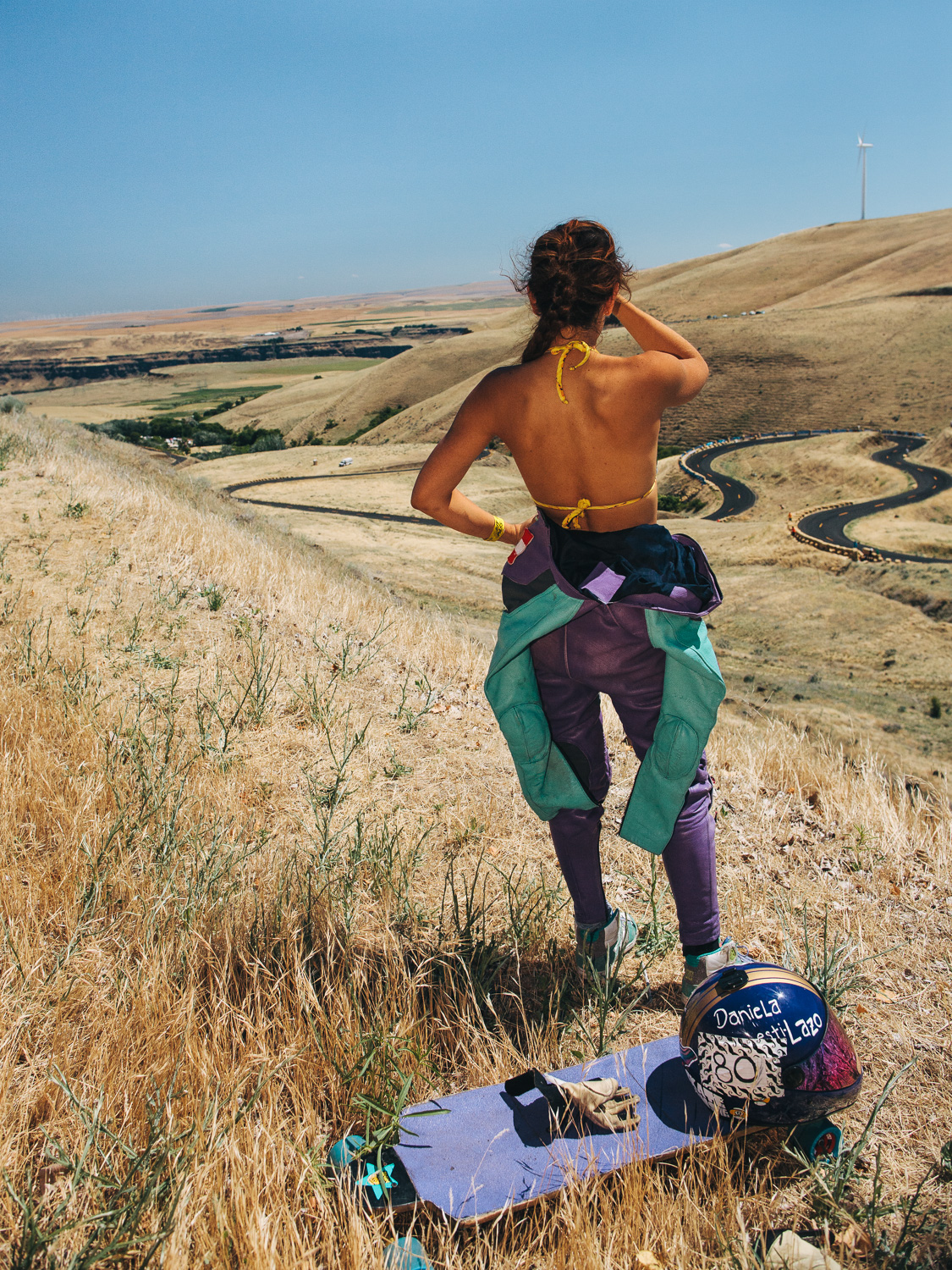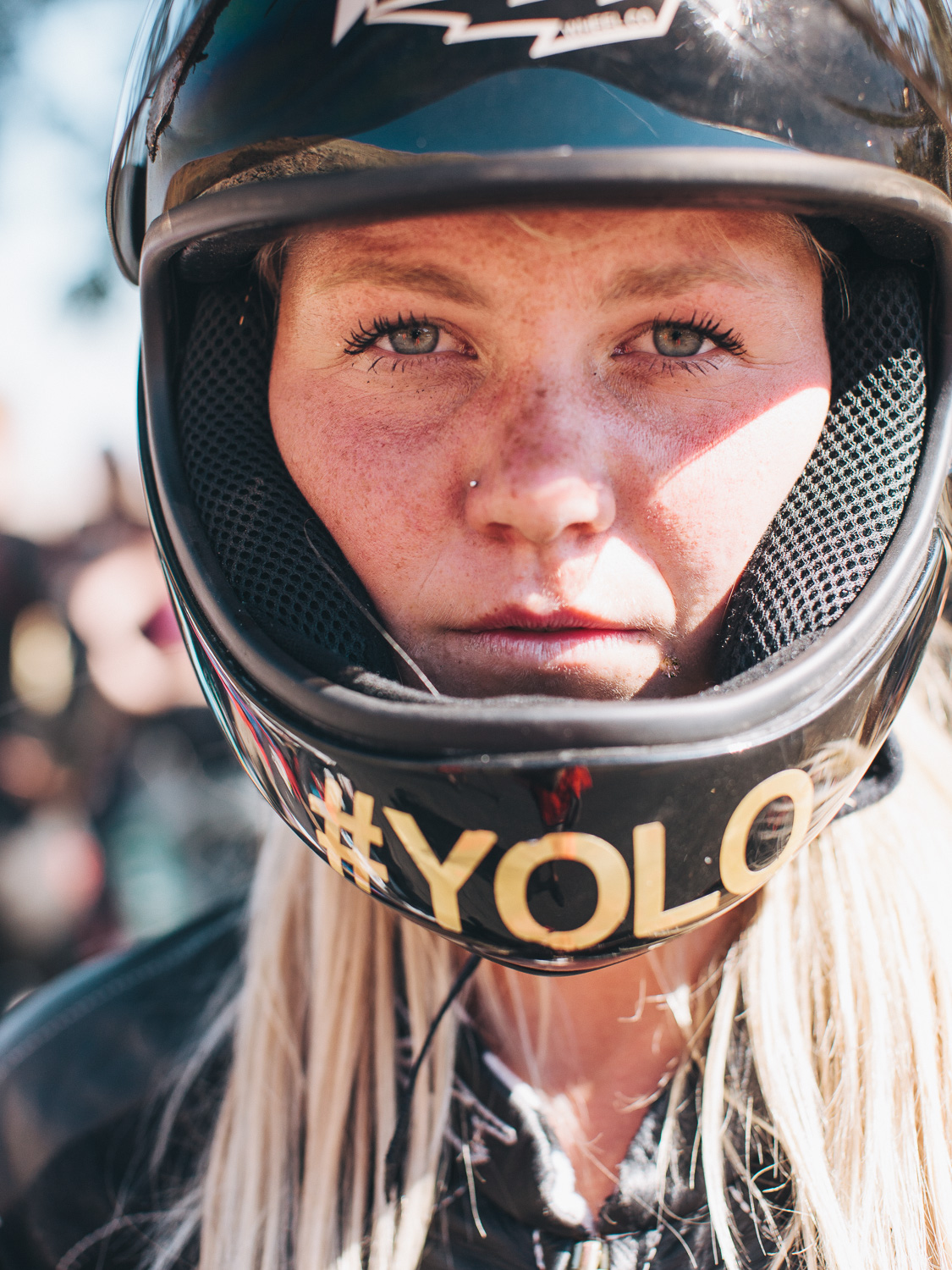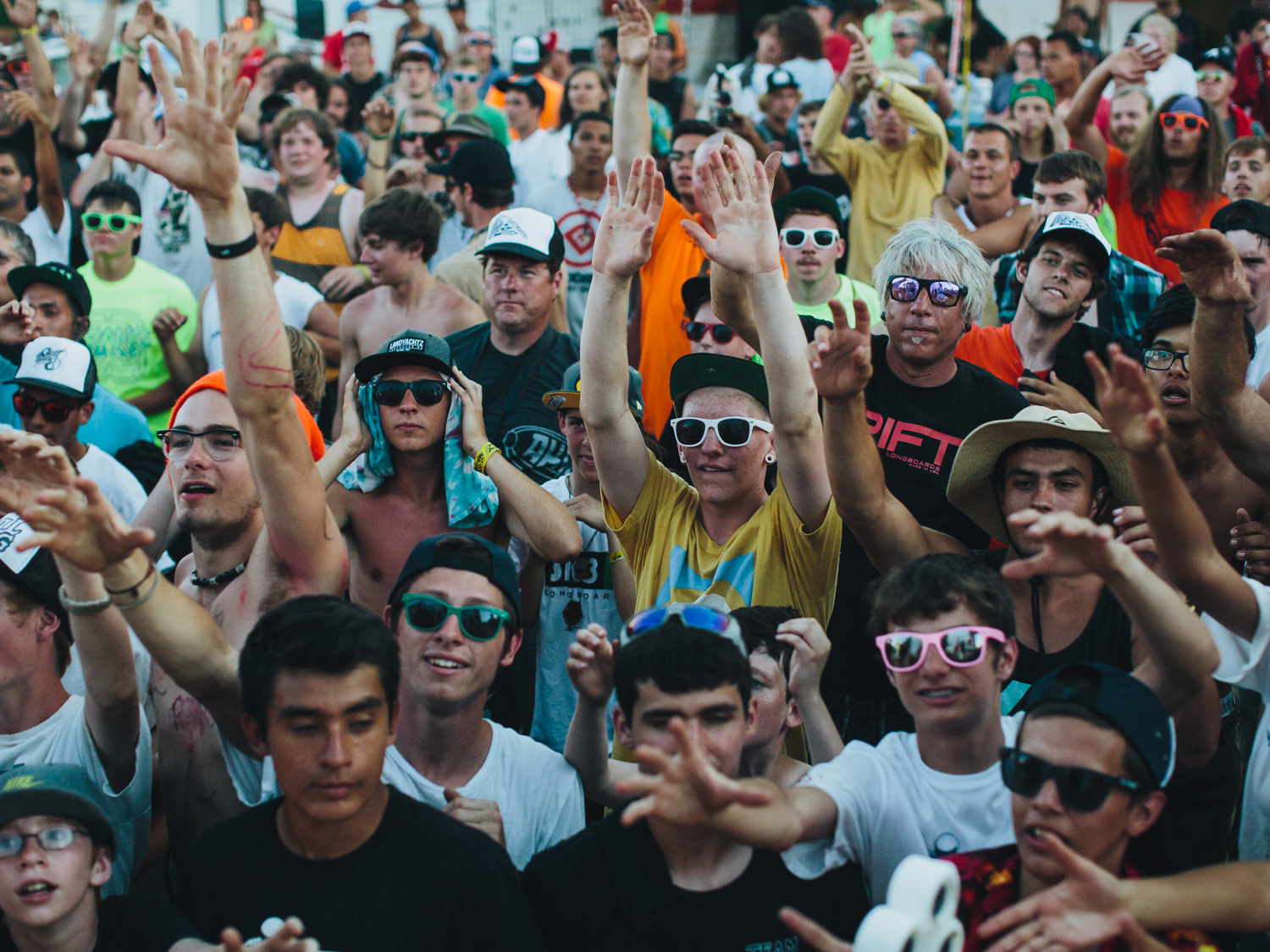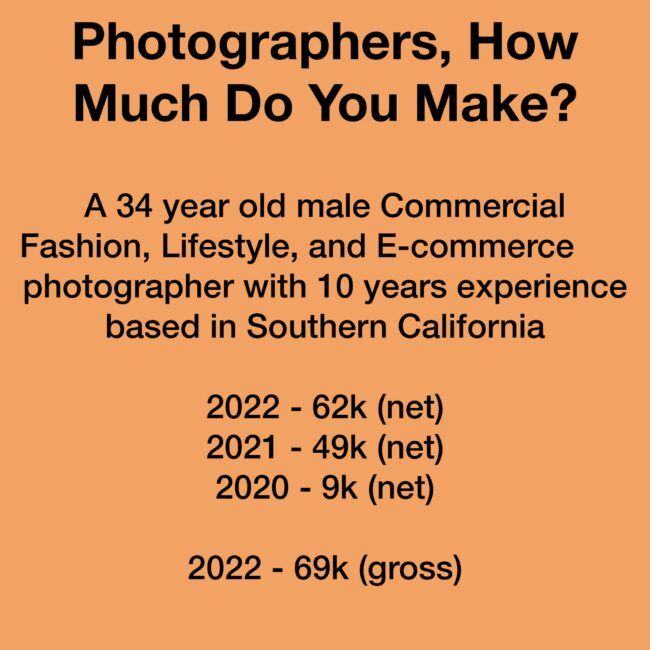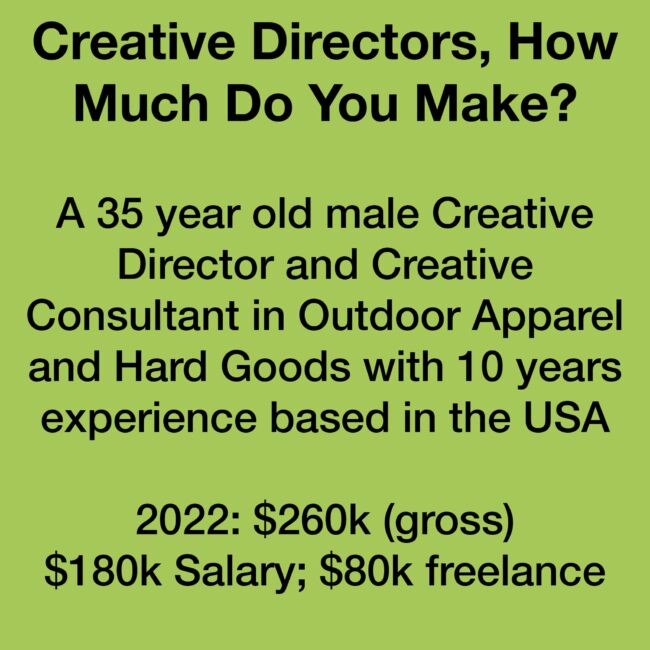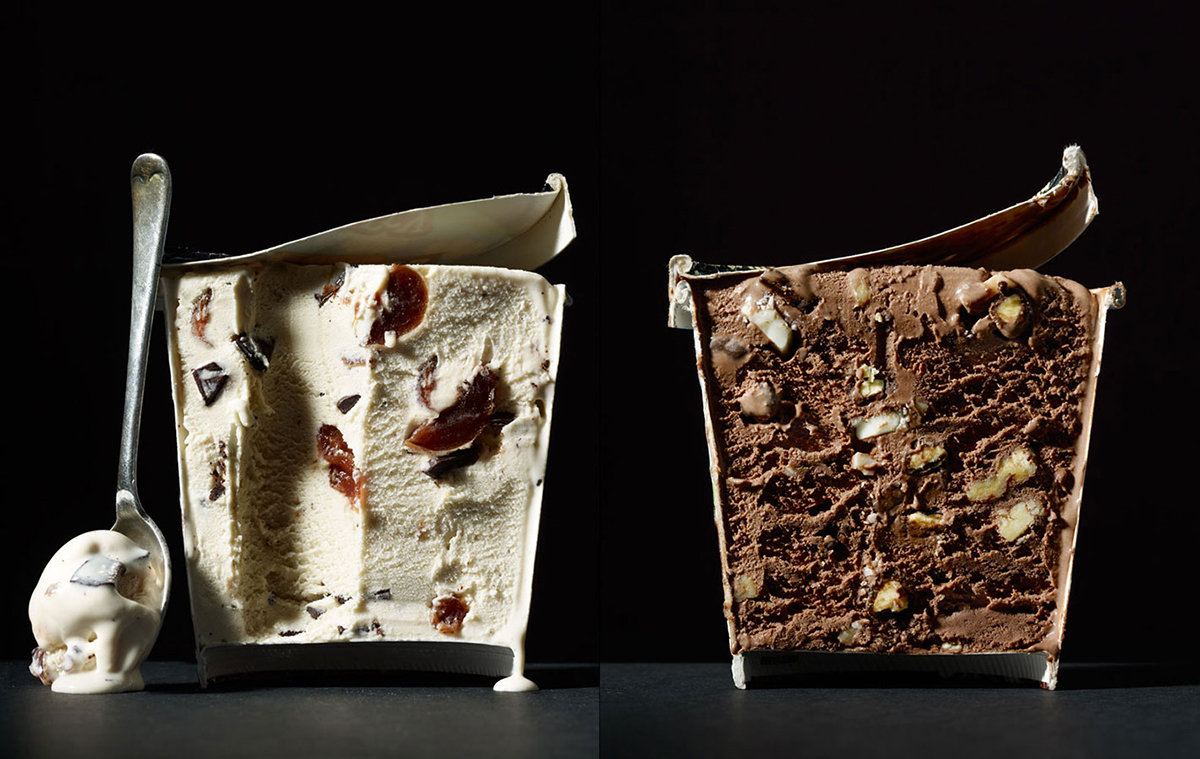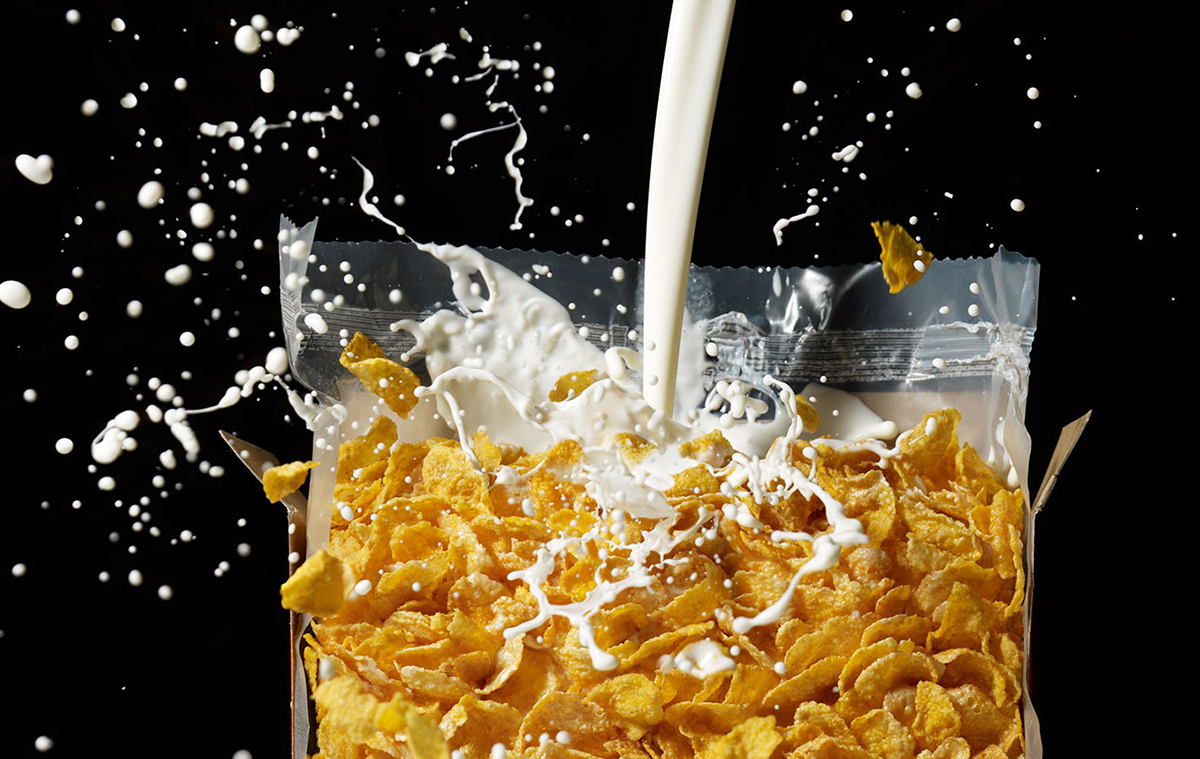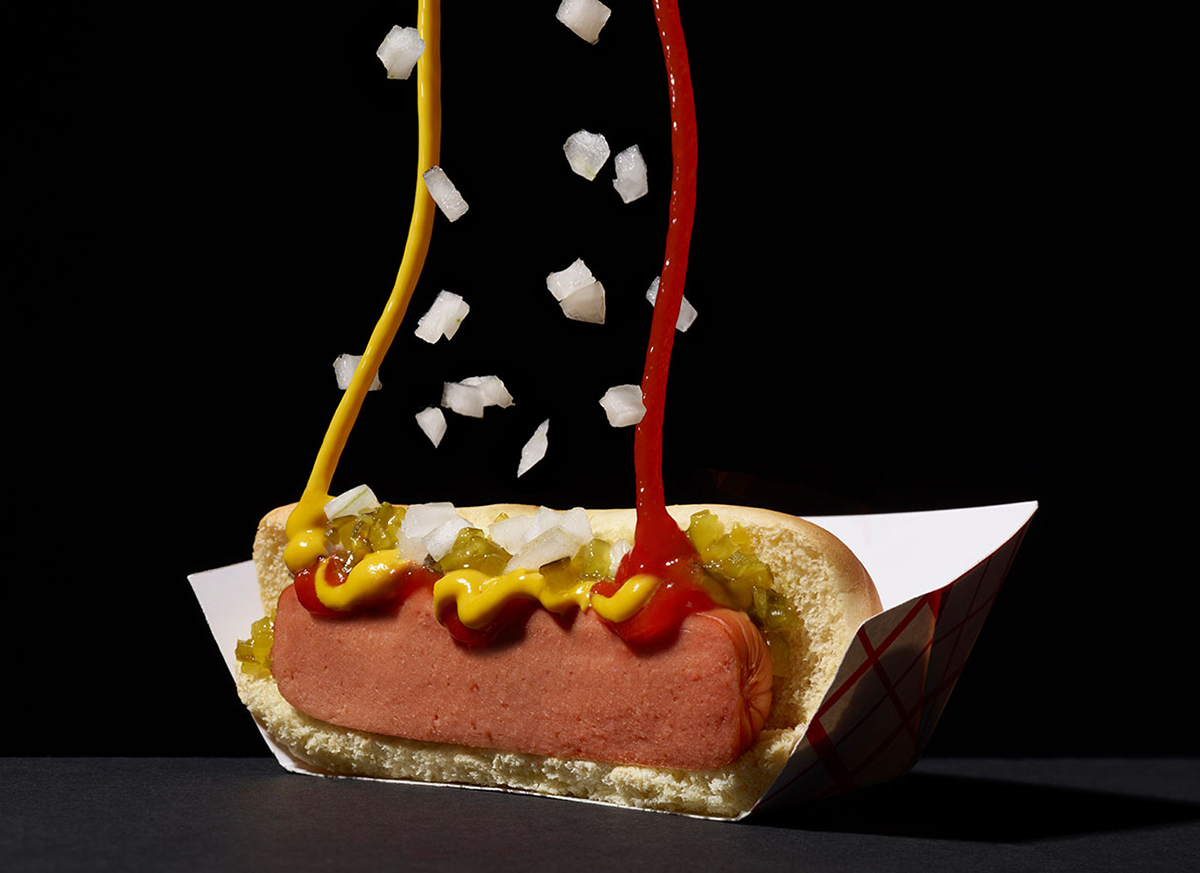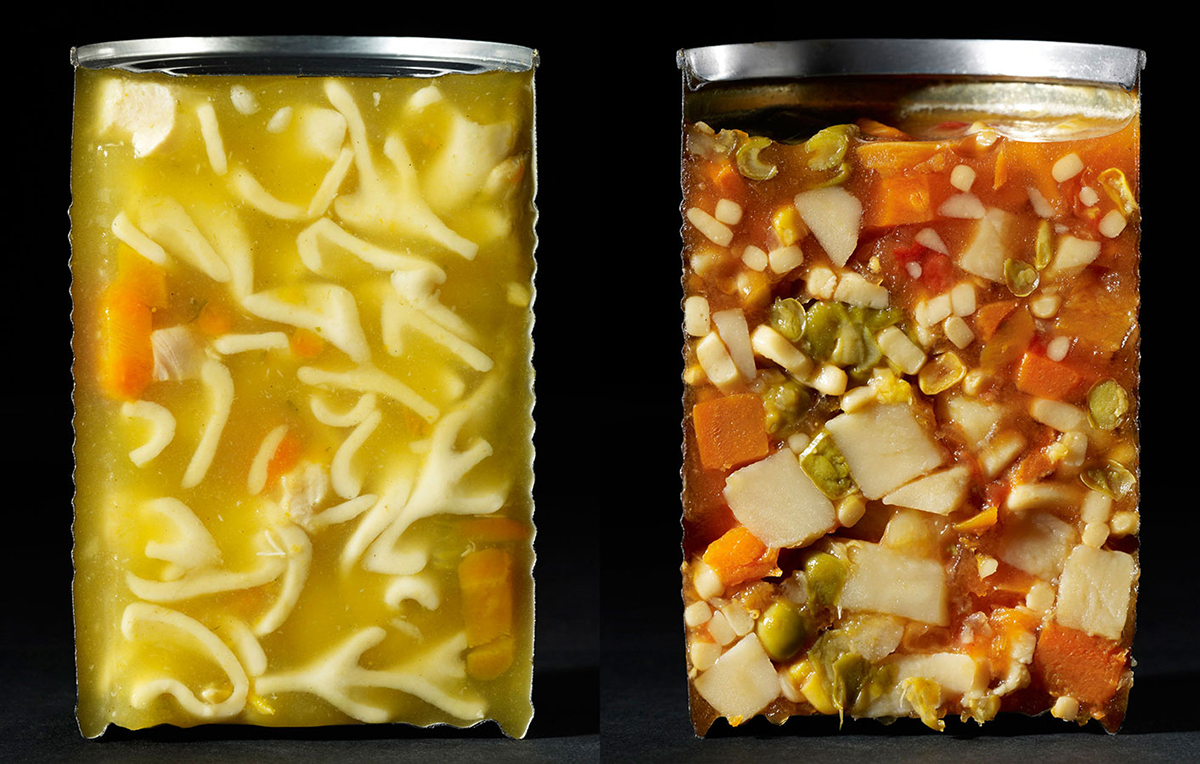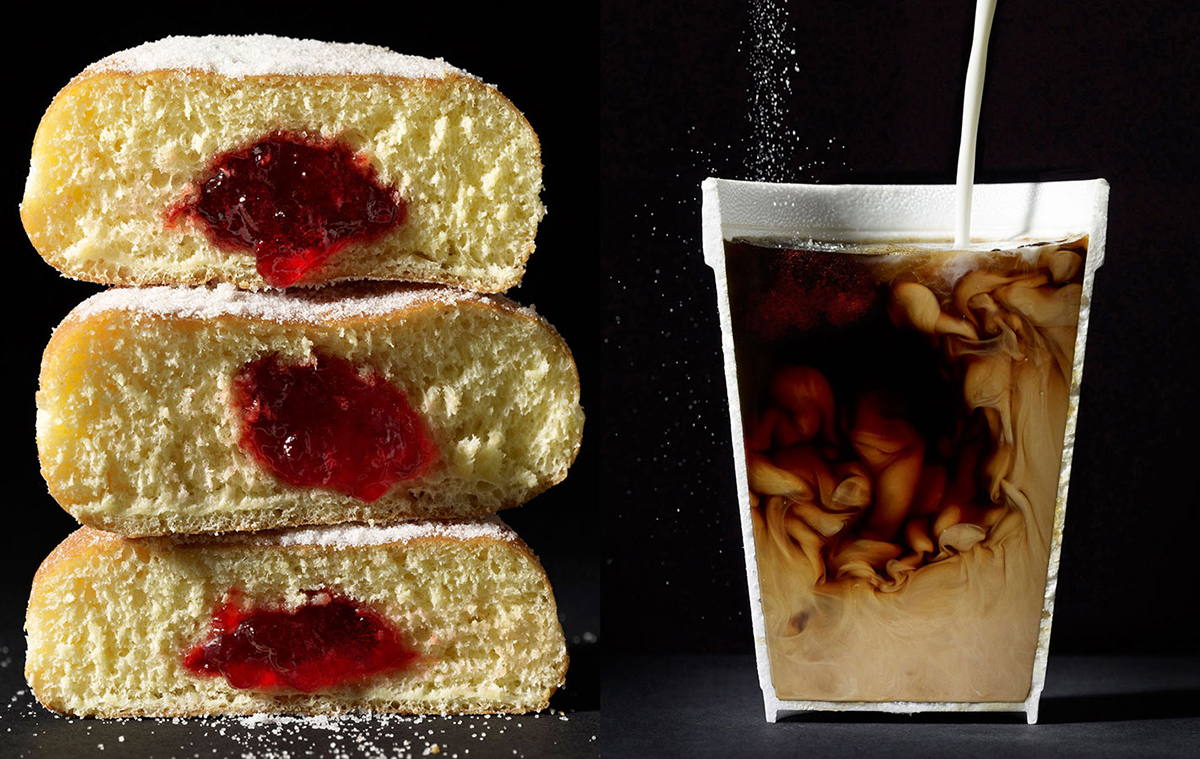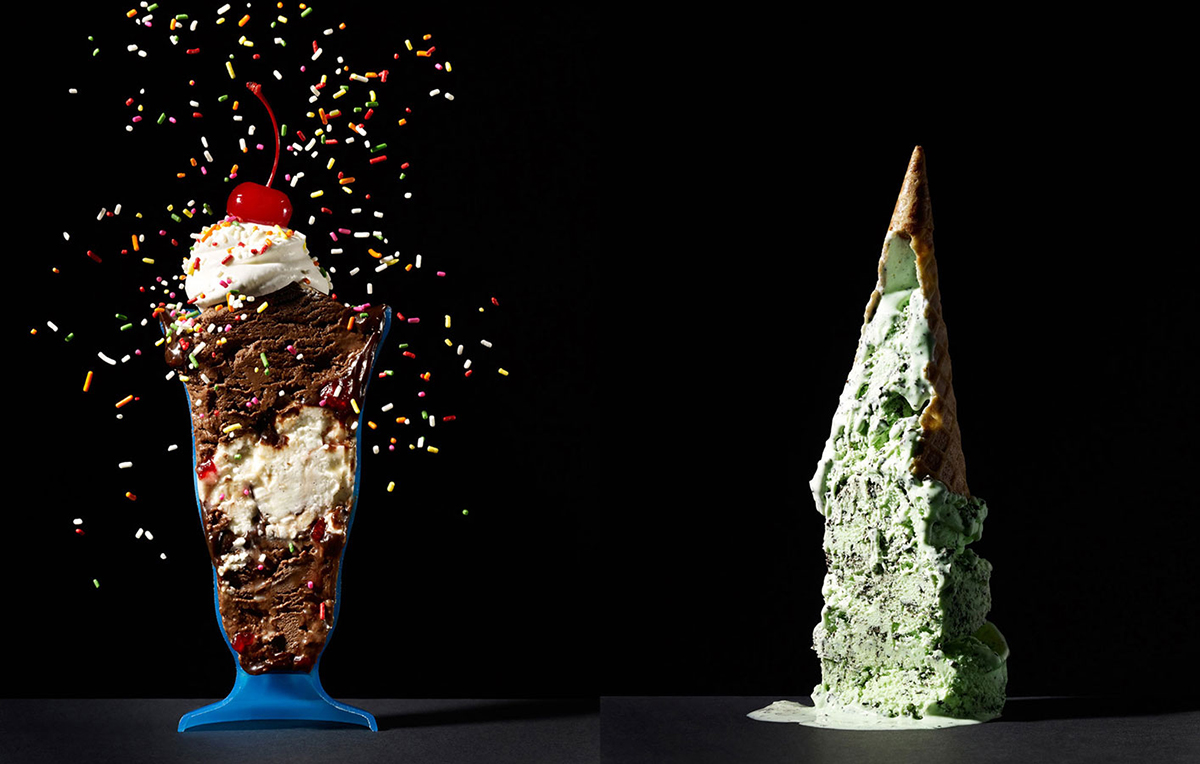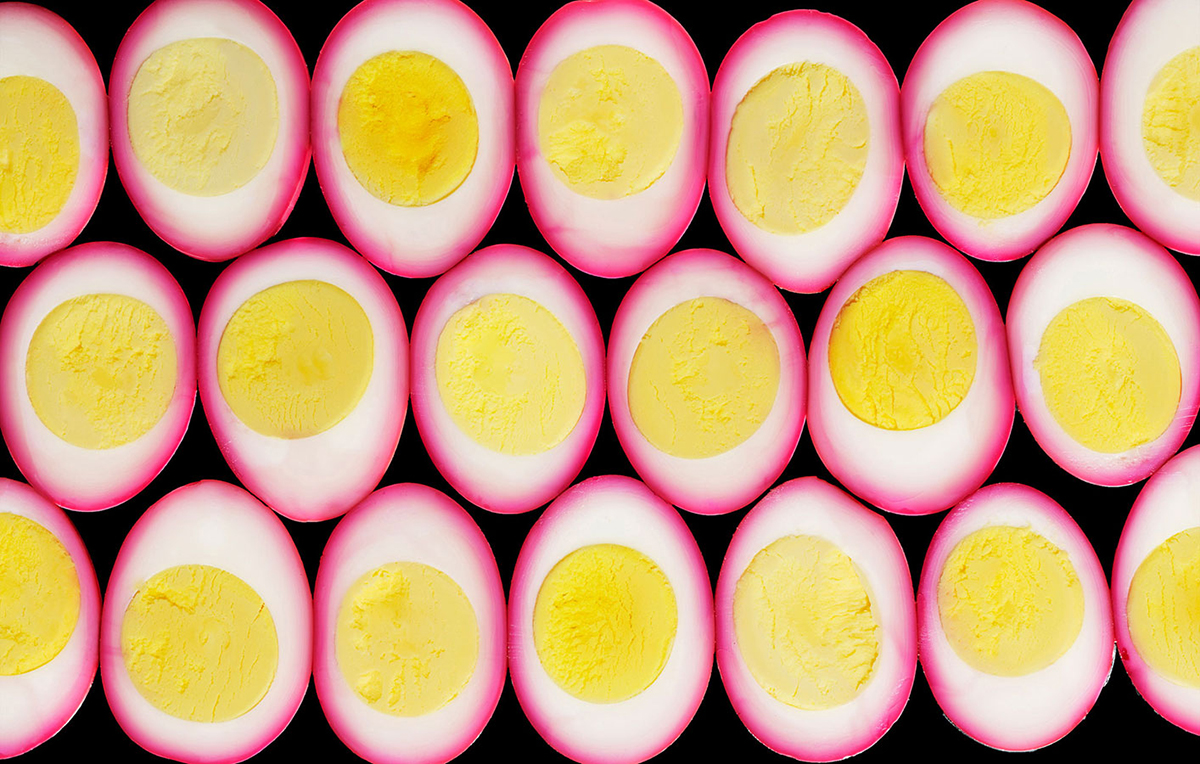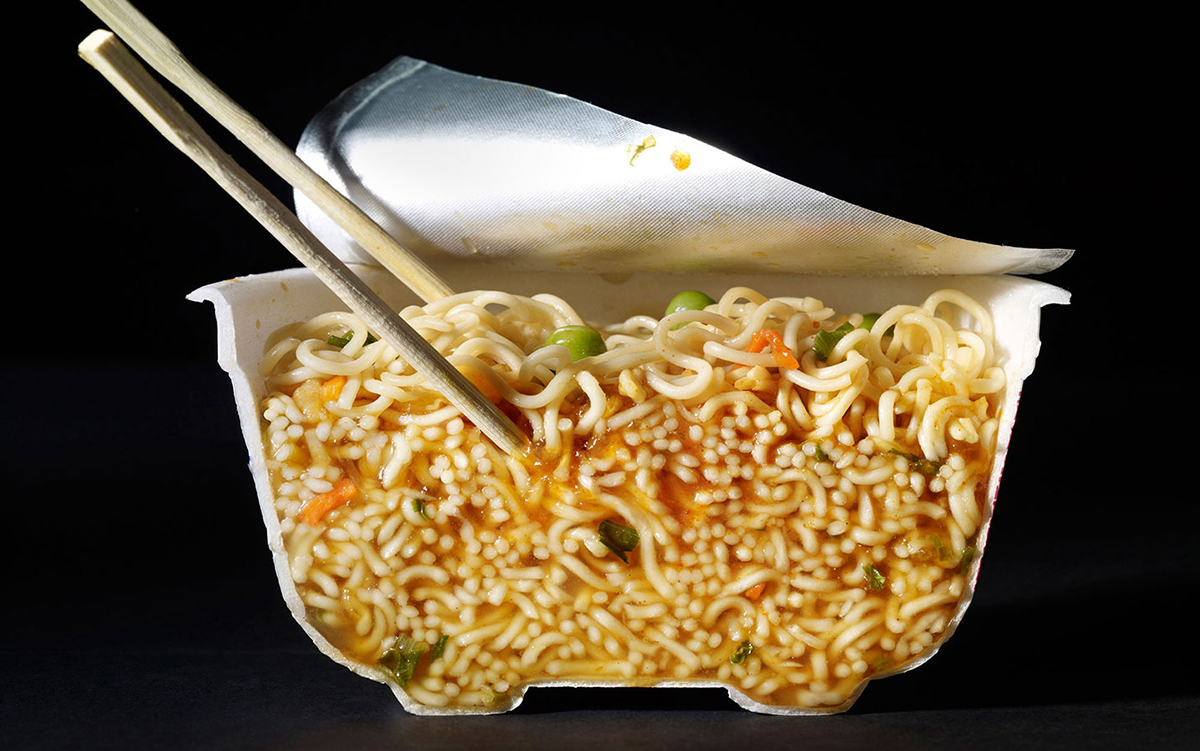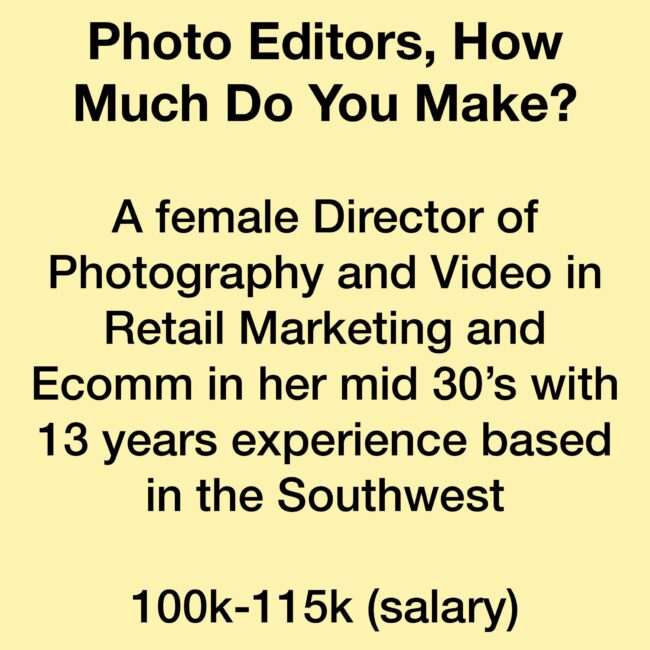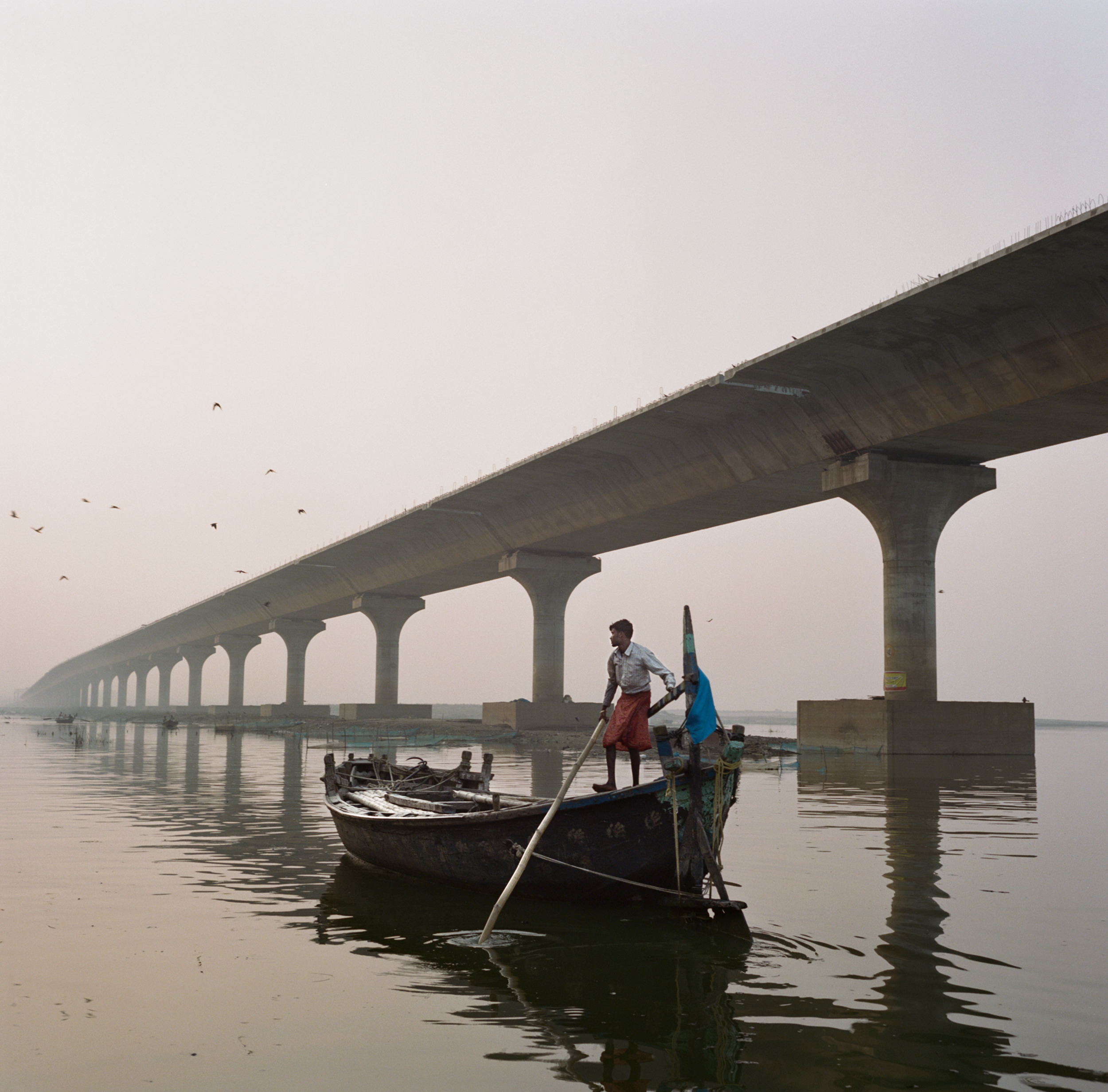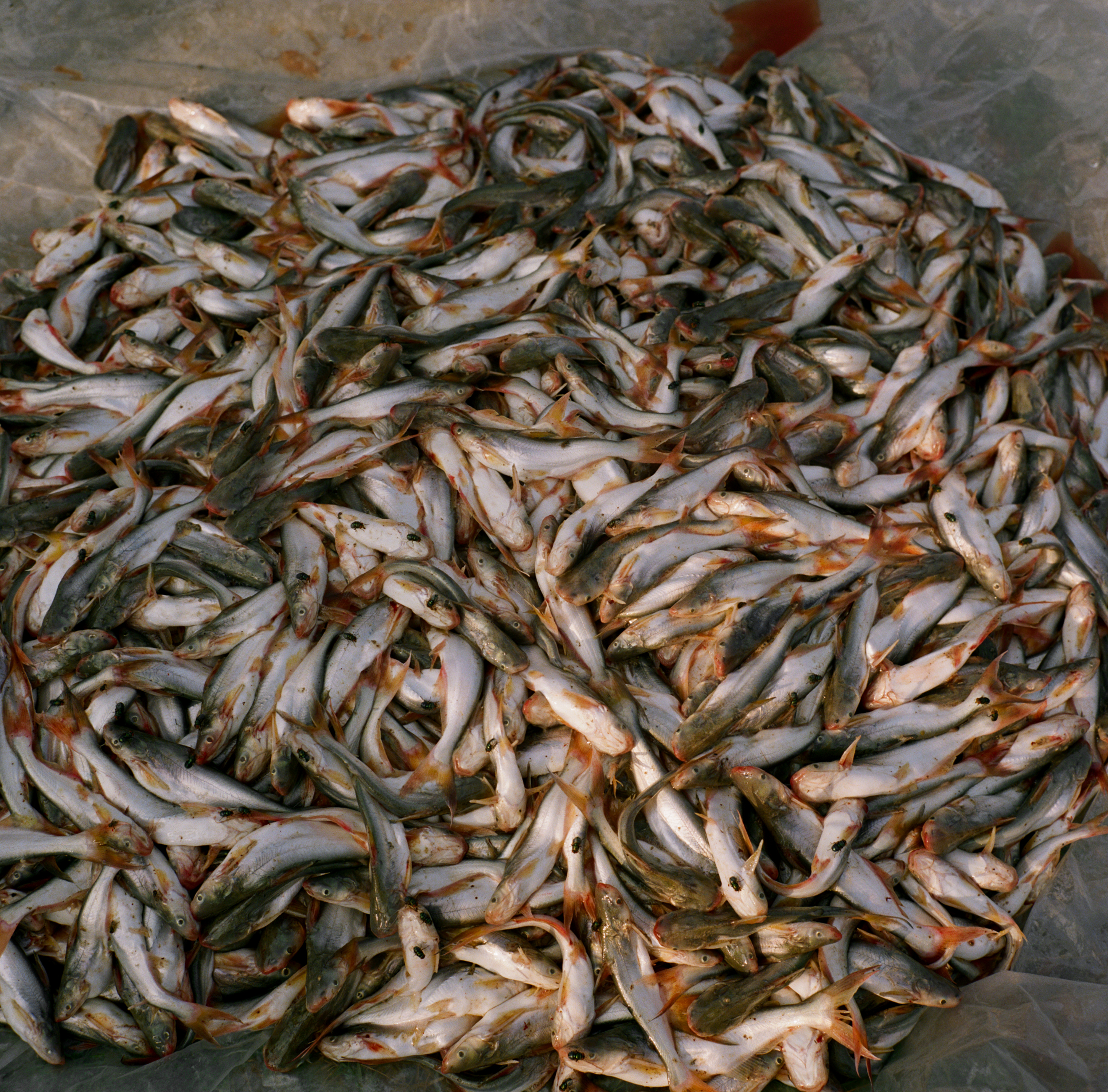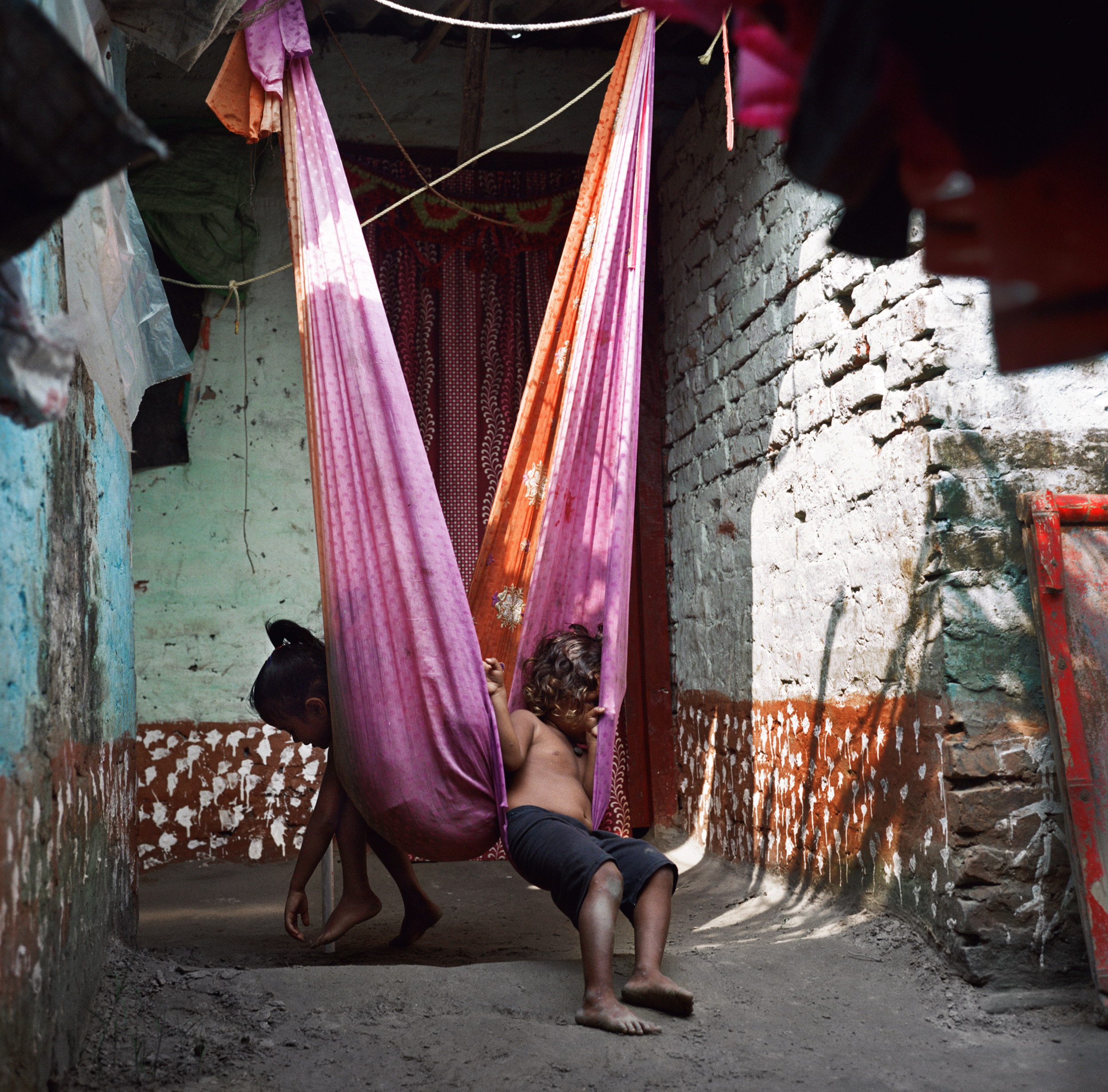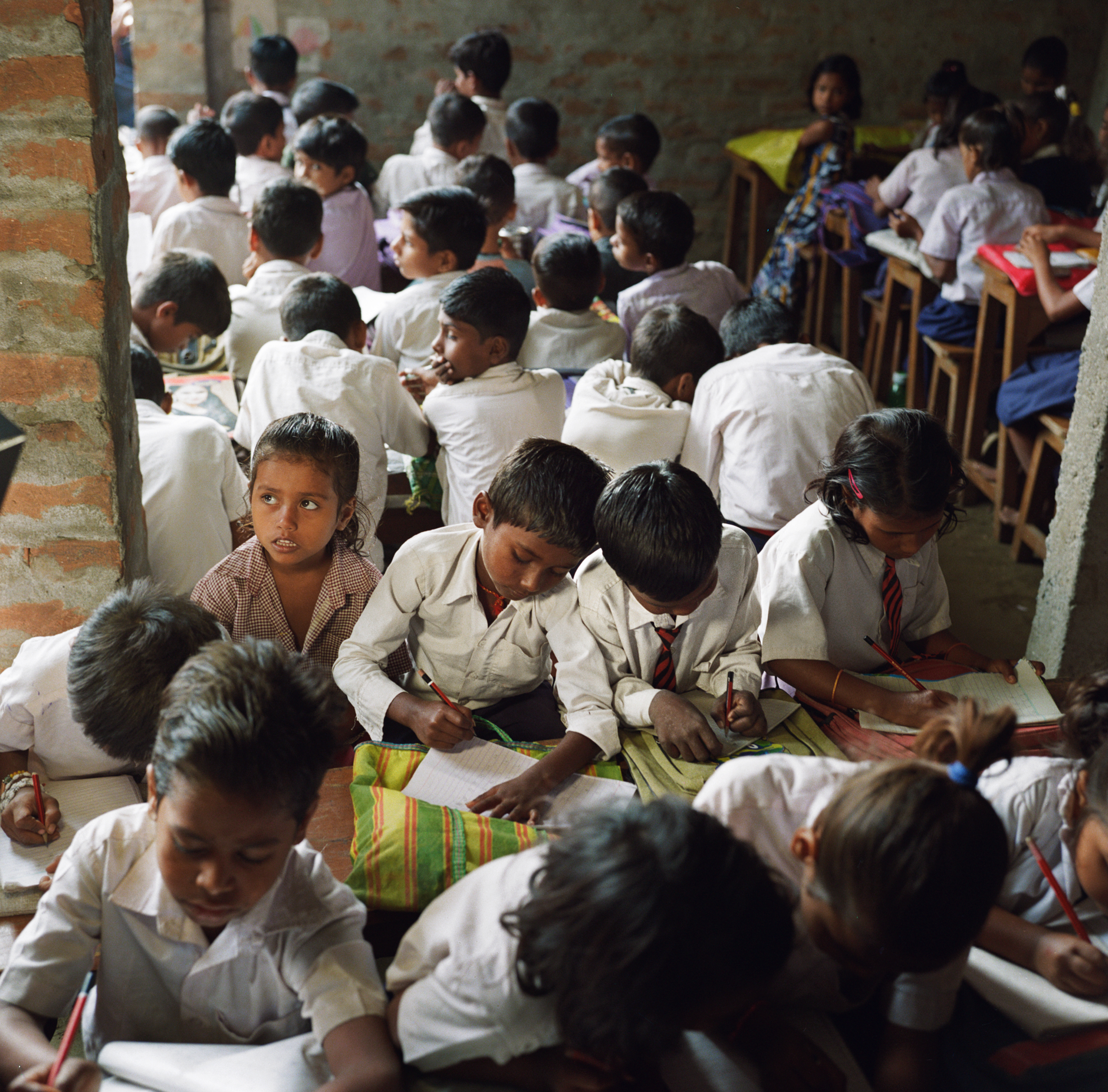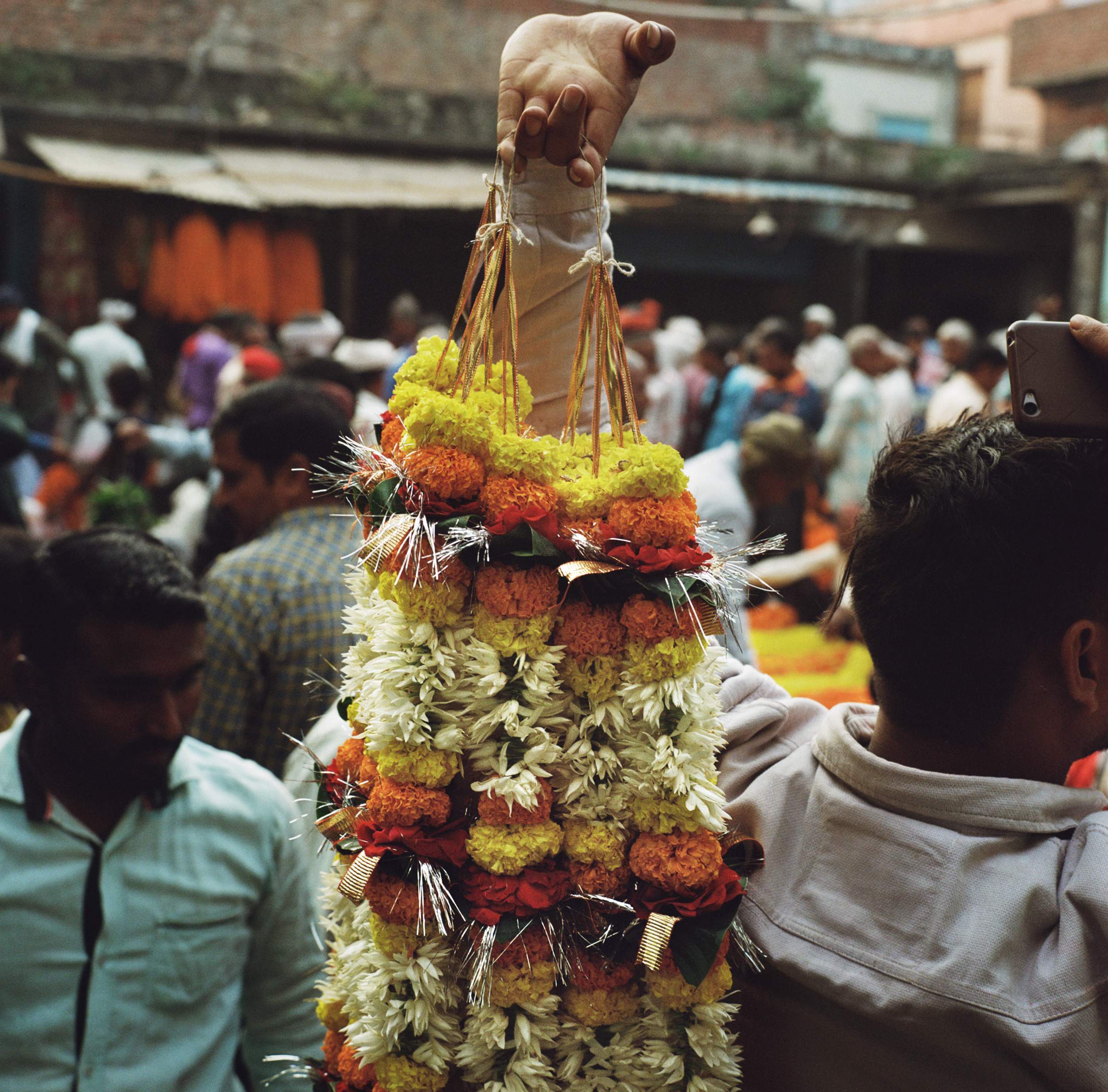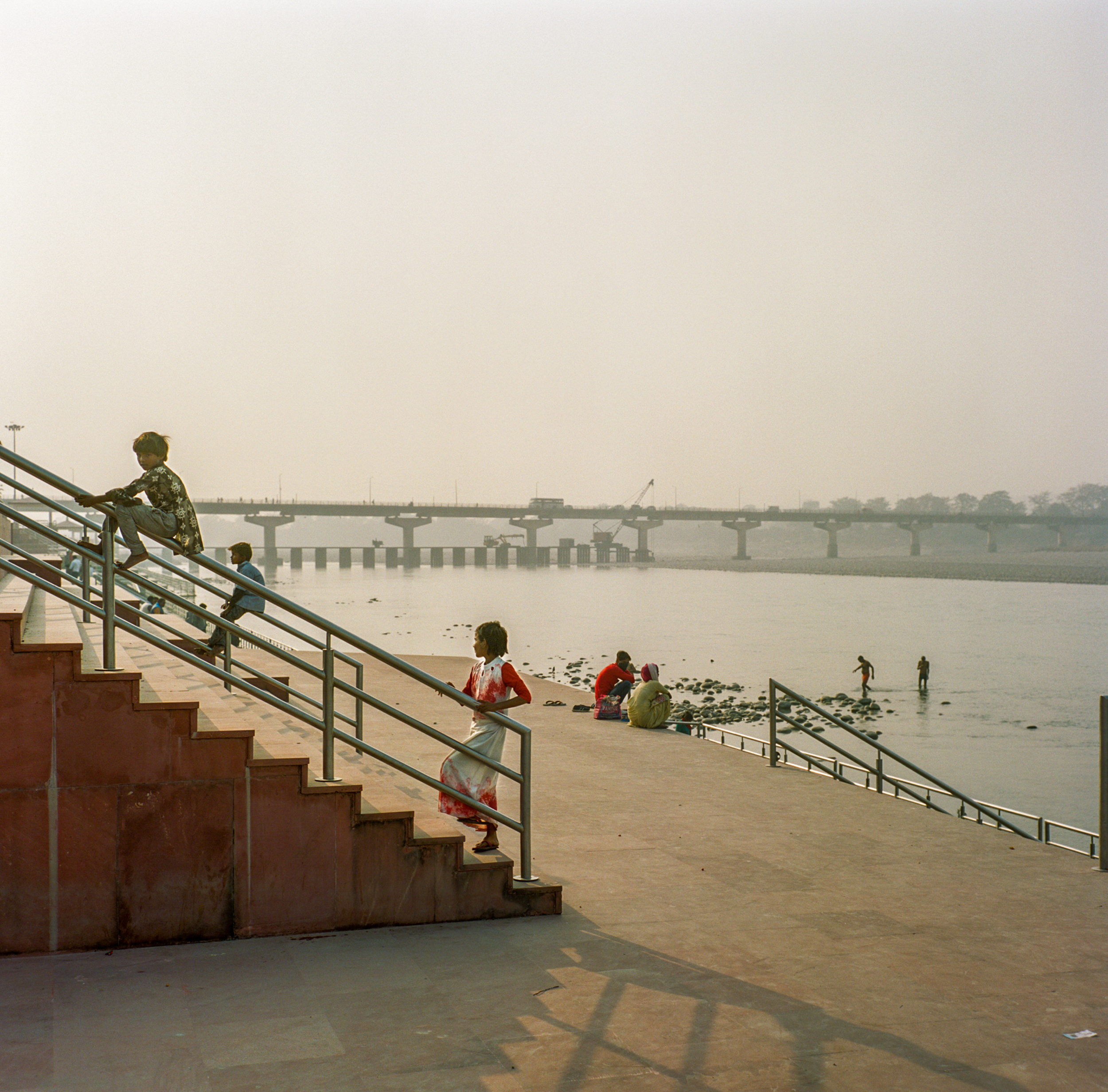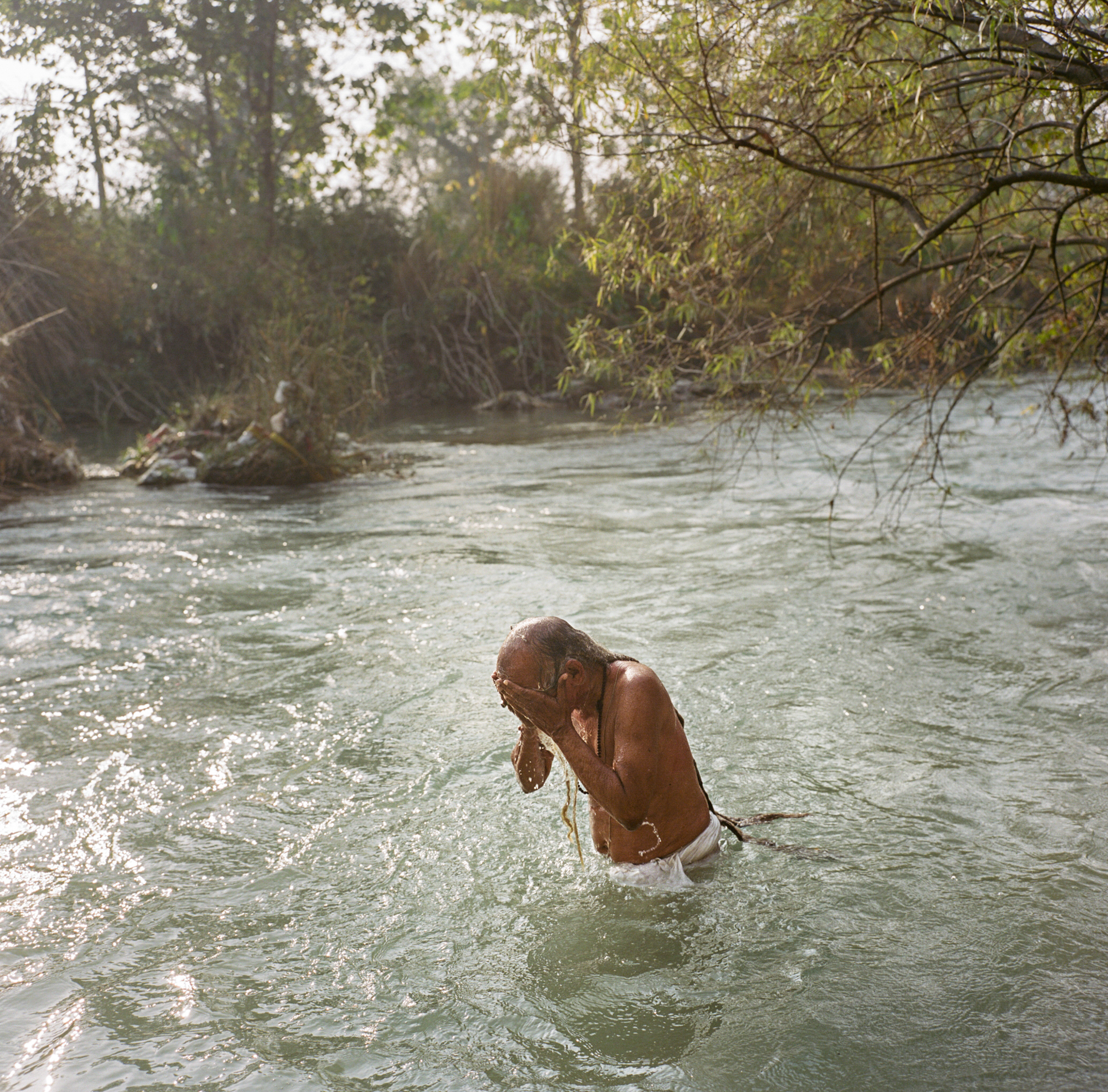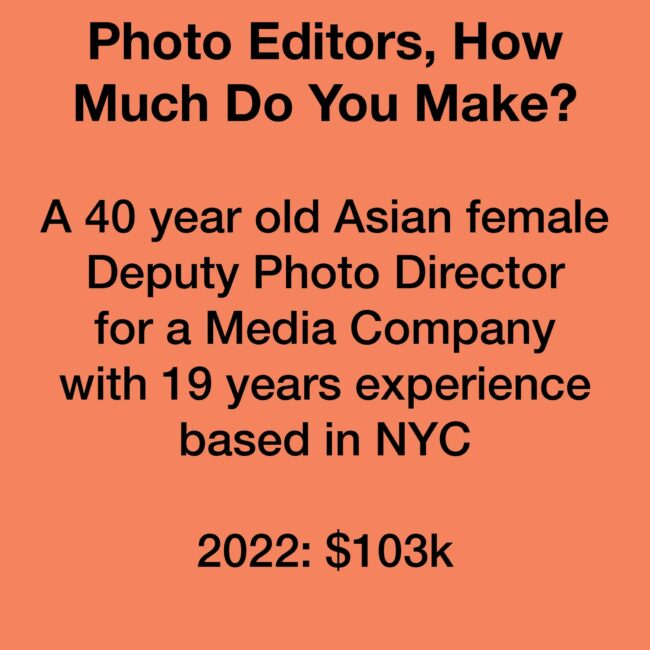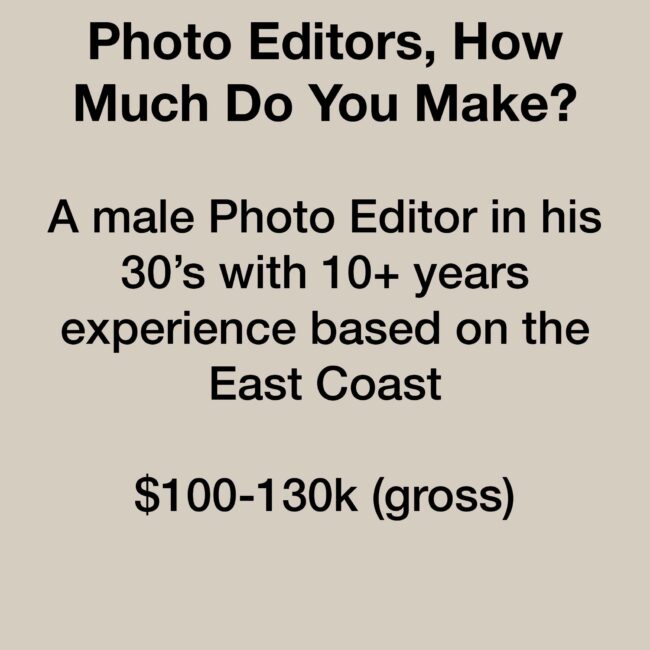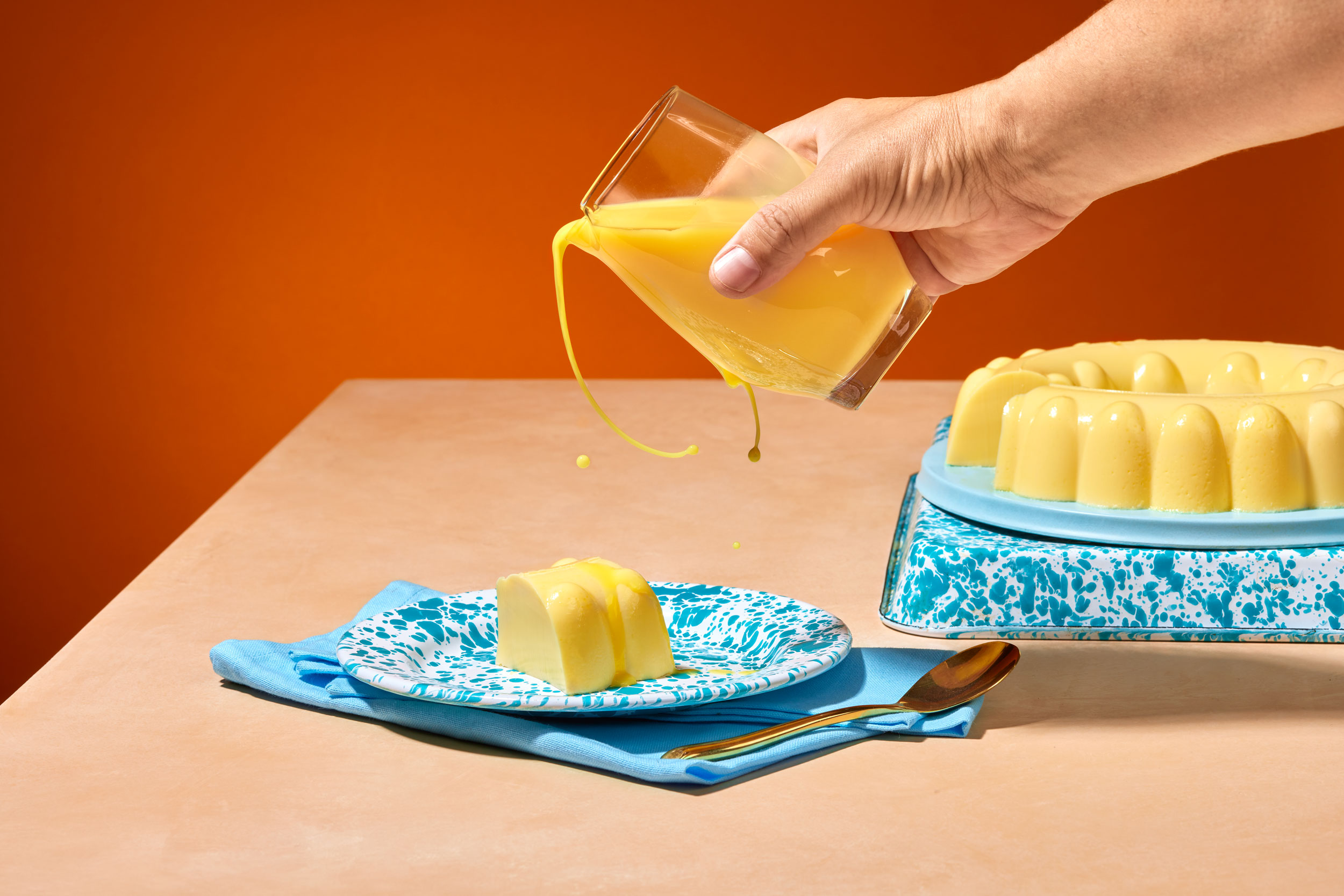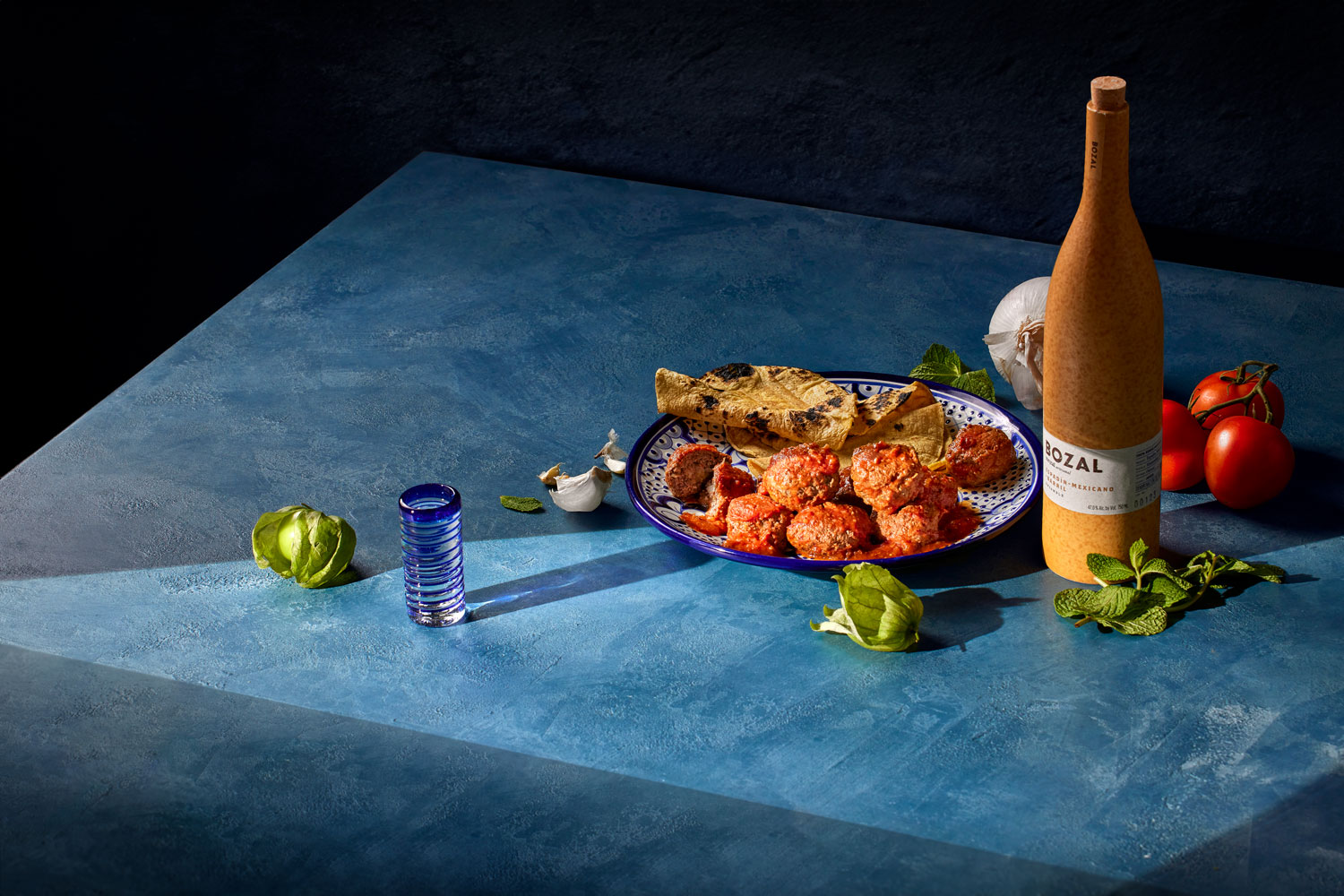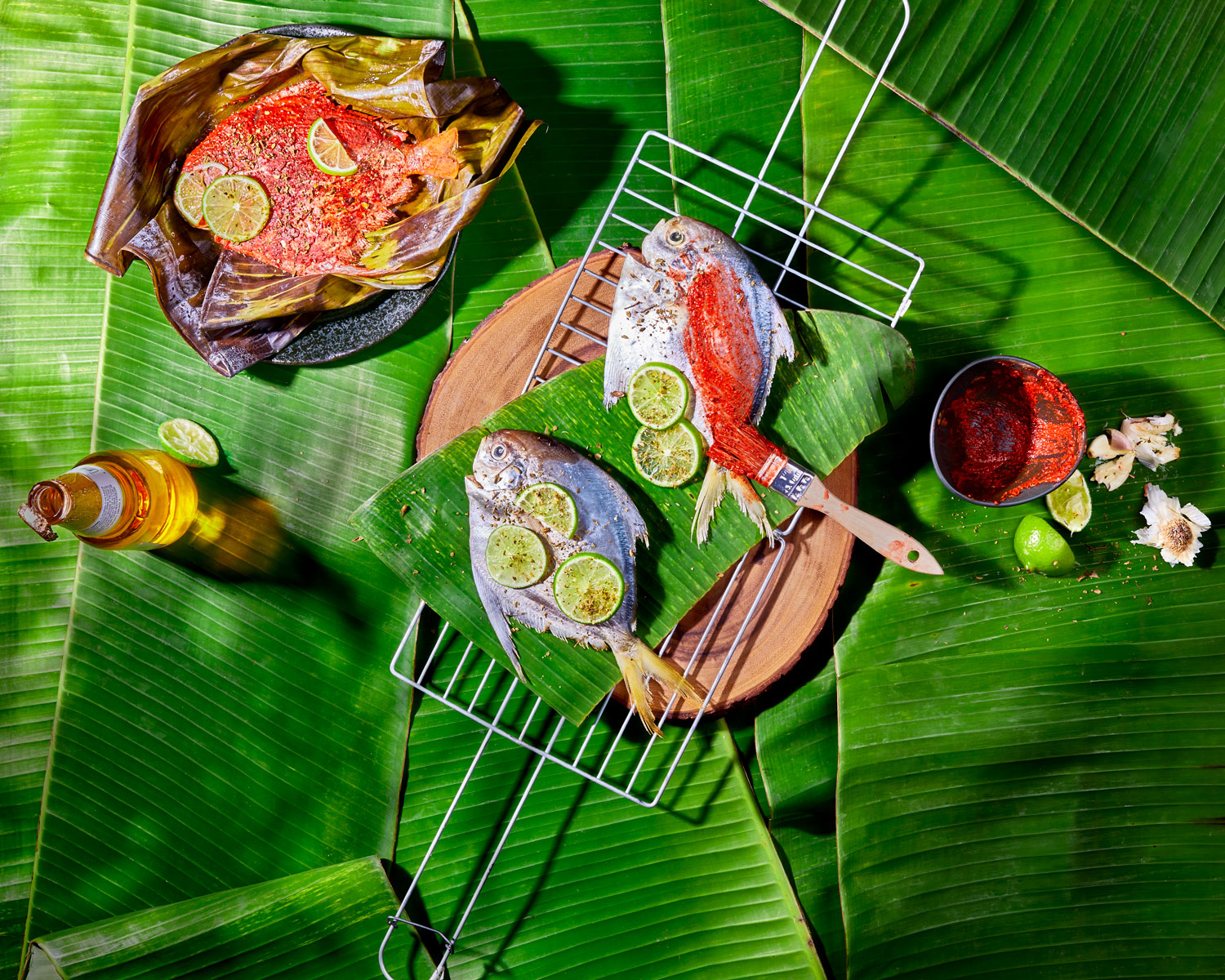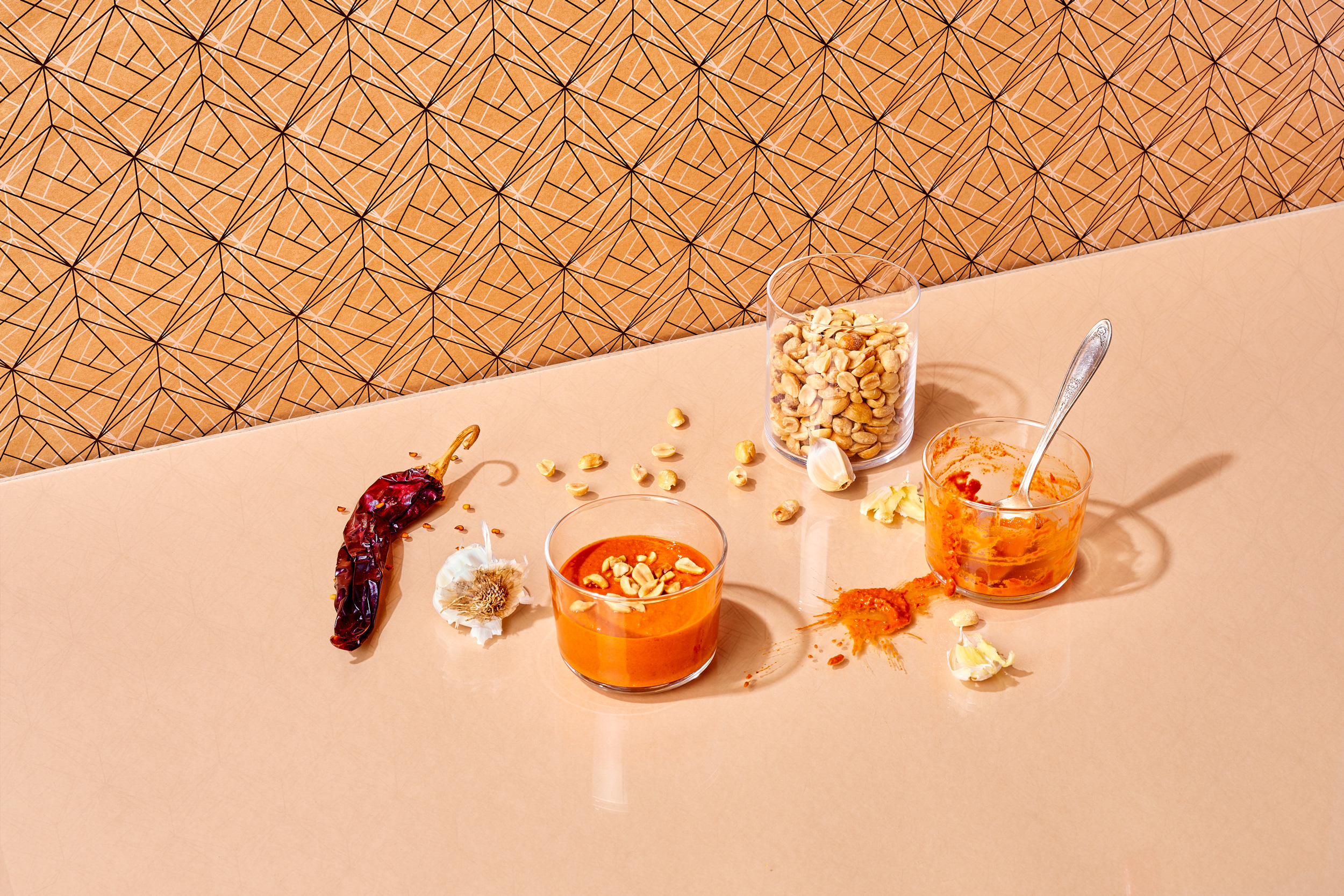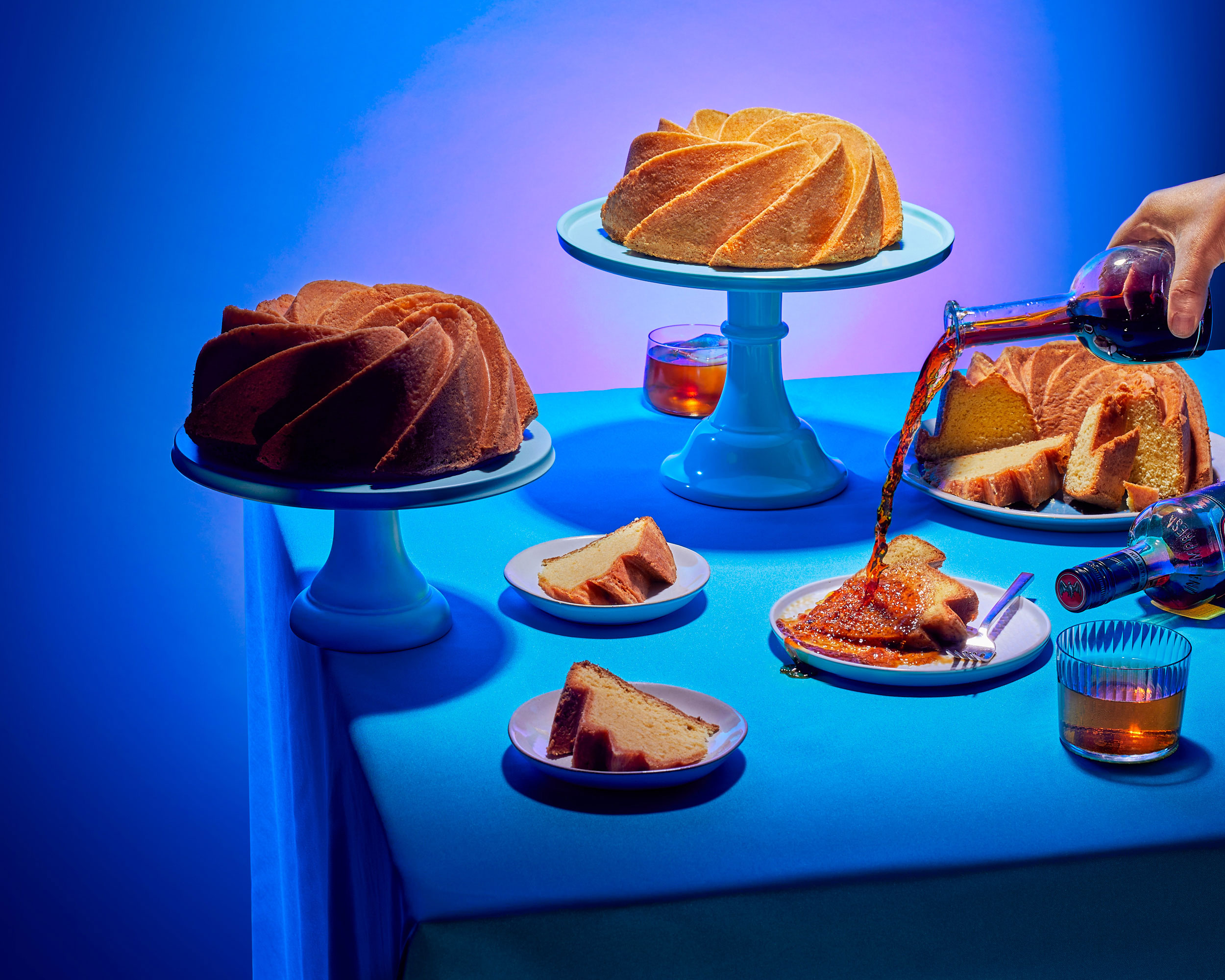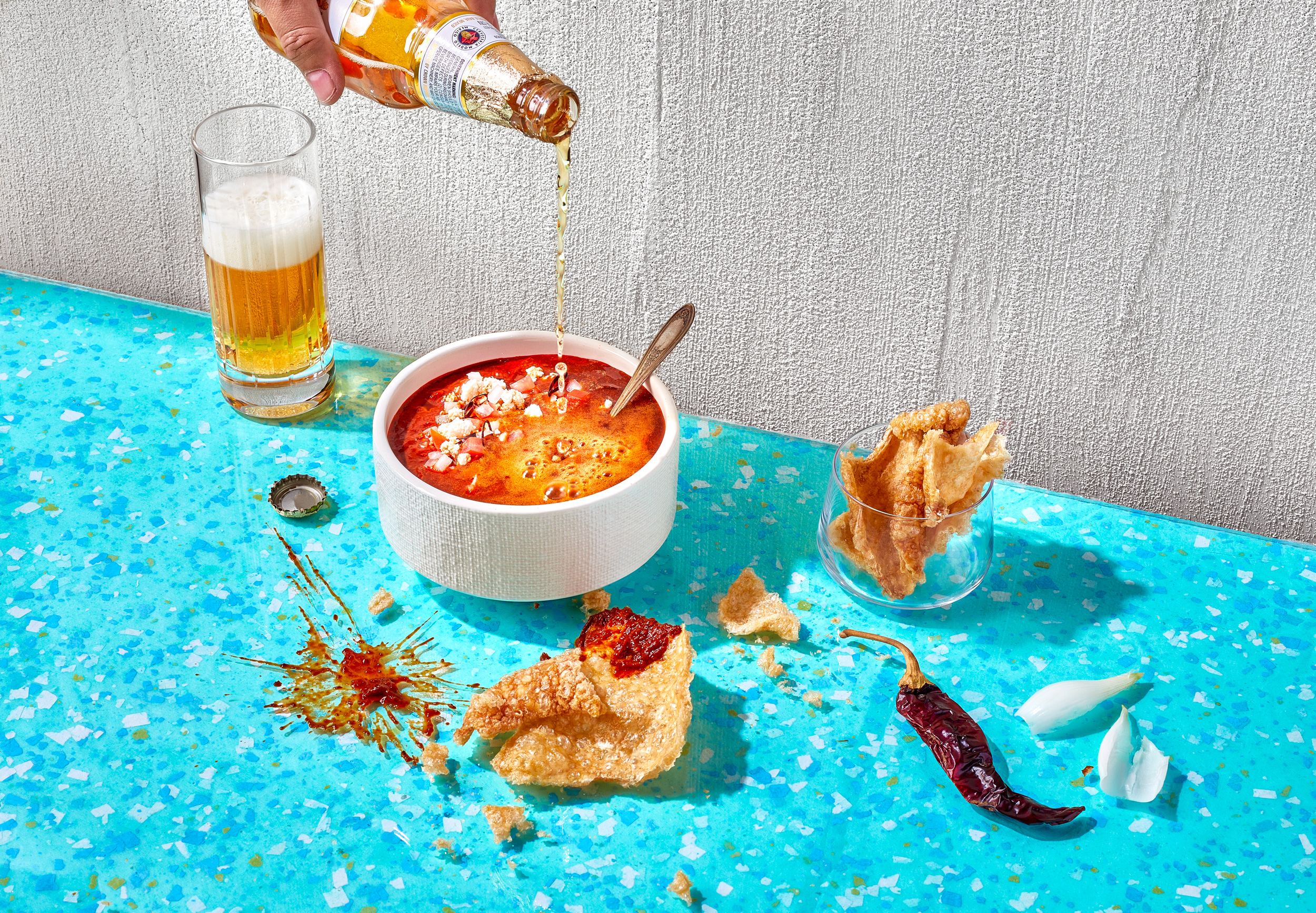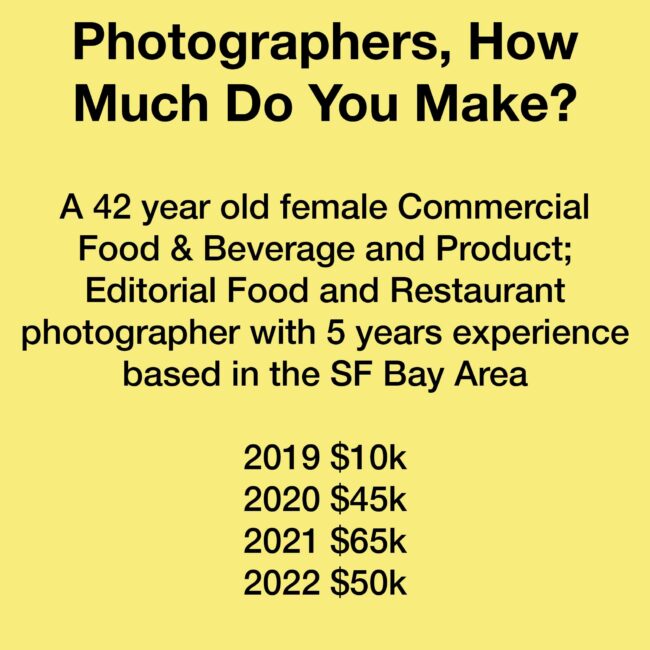
2019 – 100% assisting
2020 – 85% assisting 15% Editorial
2021 – 75% assisting 10% Commercial 15% Editorial
2022 – 60% assisting 20% Commercial 20% Editorial
I’ve been assisting for several years, trying to gain insight and experience in the industry. 2019 was my first full year assisting, I also had a full time job at the time that I was attempting to segue out of to pursue photography.
When Covid lockdowns started I decided to go all in on assisting and portfolio building; I took a decent loss upgrading / adding gear and trying to get my name out there. I worked with a few meal delivery services and local restaurants for trade that year.
Most of my clients are small, local businesses that only have budgets for me solo; those projects are all remote from my home studio or on location. For slightly bigger projects or when budget allows, I rent a studio and crew as needed: usually one stylist and one assistant.
I’ve been working mostly solo (including styling) since I started, but would love to outsource production, post processing, and marketing help as my business grows.
Currently I work with local small businesses in the food and beverage sector. Most of my client roster is liquor or wine brands, a few food brands, and occasionally food/bev product work will come in.
I also have one Bay Area specific web based editorial client. I had one national brand I worked with, but the experience was awful and pay wasn’t great either.
I’d estimate my overhead is about $3-5K per year: My current overhead is mainly business software subscriptions (Capture One, Adobe, Squarespace, Dubsado) equipment rentals, and consistently updating my prop collection. In 2019 it was $8K as I had to upgrade most of my gear from college, but haven’t needed to add too much since. I also try to buy refurbished as often as I can and only when necessary.
I do all of own my marketing through services I’m already paying for: email, newsletters, organic social media, etc. Due to the limited amount of work I’m getting, I really try to keep overhead to a bare minimum. I don’t have employees, I’m fortunate to be on my spouses work insurance, and only rent studio space when I can pass the fee on to the client.
I’m actively photographing about 10-12 days a year, with an average of 10-15 combined prep and post production days per shoot day. I now only assist a couple days a month, and the rest of the workweek is dedicated to marketing and client research. Prior to 2023, I’d average around 100 days assisting.
Assisting was very lucrative during 2020, I worked a lot and gained a ton of experience and knowledge in the industry. I was also able to supplement what I didn’t make in client work with assisting jobs in the two years following. But I have noticed a dramatic decline in income this year; I left one of my 2 main assisting roles to take on more of my own work, but haven’t had a ton of success booking consistent projects. I’ve also seen a considerable drop in budgets and increase in scope with the inquiries coming in. It seems to be the perfect storm of the market I currently attract, the overall economic instability, and the over saturation of food and beverage photographers contributing to the high demands and low budgets.
Pre-production typically takes about 1-2 weeks for commercial clients, studio days are standard 10 hours, I’ve only had a handful of multiple day shoots. Most of my clients are pretty small local businesses and don’t really need licensing beyond company website and organic social media use for a few years; I’ve spent a ton of time educating on licensing and found it’s easier for my current client base to digest if it’s included it in my Creative Fee. Paid advertising or print is additional in almost all cases. I think it’s important that clients understand they are still paying for usage even if the amount isn’t a separate line item, so I make that very clear when quoting my Creative Fee.
As I progress in the size of clients I take on, that will inevitably change. I raised my Creative Fee this year to $3000 per day (dependent on project scope) to reflect included usage and current inflation, take home averages $1900 after expenses and taxes. My editorial client pays $350 per restaurant, 2 hours max on location, pretty liberal online usage, and I’m usually assigned two restaurants a day. I’ve heard this falls within the standard range for editorial these days, but have minimal experience in this market.
My highest paid job thus far was a commercial shoot for the launch of a food brand, take home was $4500 after taxes / expenses for one 10 hour shoot, 10 images licensed for brand website, organic social media, and email promotion for 3 years. Pre-production, shoot, and post processing totaled 8-10 days.
The worst paid overall was for a product client I took on retainer a couple of years ago. I agreed to “test” at a lower rate for the first shoot, with promise to come up to my day rate after a couple of shoots together. I was to photograph 30-40 products for an online seller at their home, two days a month, 7-8 hours each shoot day. Rate was initially $800 for around 150 images with minimal post processing and use only on the shop site. After taxes and expenses, take home was about $650. I was never able to get them to pay anything close to my day rate as agreed, the working conditions were awful, and after about 4 shoots I had to terminate our work together.
I also had one editorial shoot that paid $150 for recipe testing, styling, and one hero image in print for a national publication.
I’ve just started experimenting with video and don’t currently offer it; but I will provide any bts unedited phone footage I take.
As mentioned, I do all of my own marketing. I utilize Squarespace for newsletters, and organic email and social media for direct outreach. I don’t use any paid advertising; most inquiries currently come from my social channels. I’ve noticed that even as my emails get more personalized and consistent for each client, I have better luck with Instagram and LinkedIn. I also know with the changing market and flux in social platforms this may not always be the case.
Best advice: ‘Be patient with your career trajectory; it’s a long game and it takes time to get established.’ I still don’t like hearing this, but it’s so true and I remind myself constantly.
Also ‘don’t forget to celebrate the the small wins.’ I tend to get especially down and critical of myself during slow times, it helps to reflect on how far I’ve come and how much those seemingly small moments contribute to where I am now.
Worst advice: ‘Never lower your price.’ I struggle with this, though. While I don’t want to devalue my work or the industry overall, I also need to work and a lot of budgets coming my way are low these days. I do have limits to how much I’m willing to depart from my current day rate, but I wouldn’t have any business if I didn’t fluctuate my rates.
I hope we’re moving toward more transparency regarding pricing with each other; it’s been difficult to gauge where my rates stand in the sea of other photographers in my area. Most tend to stay pretty guarded; and while I don’t intend to mirror anyone else’s business, I would find it enlightening to know where I fall on that spectrum especially as I’m in my first five years of business. I think we all benefit from more knowledge and are able to add more value to the industry as a whole if we’re able to make more informed decisions on pricing our work. I do see a bit of movement in the right direction, and I love seeing the openness with sharing rates on posts like this.

